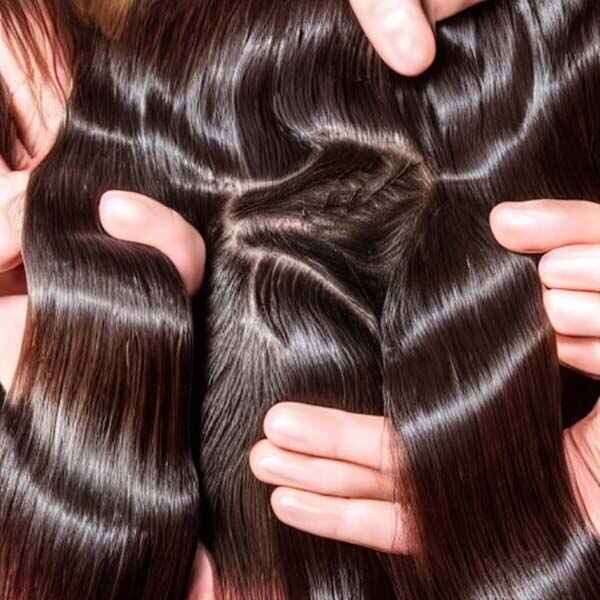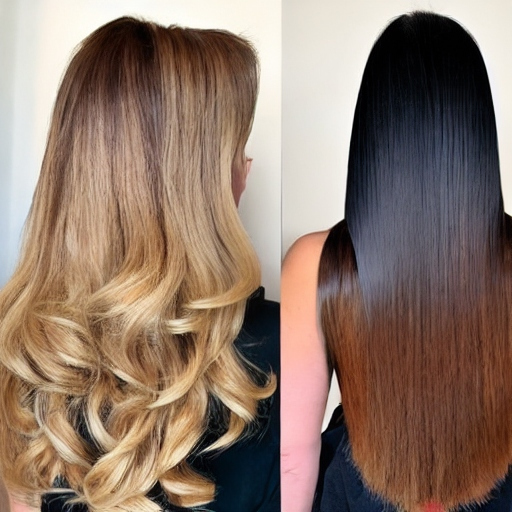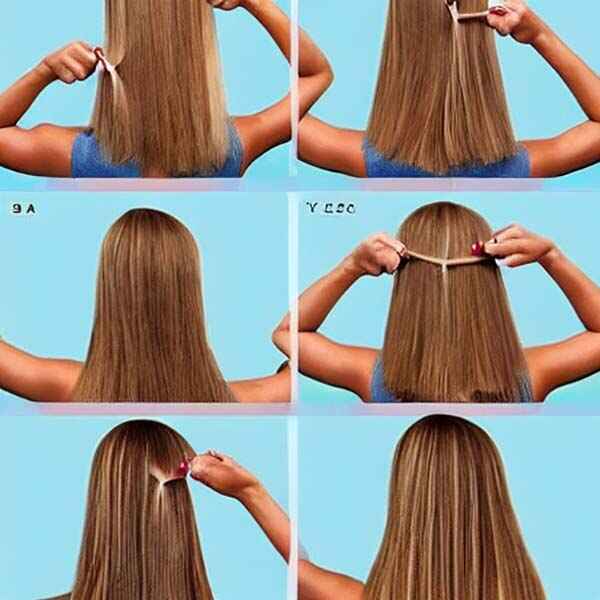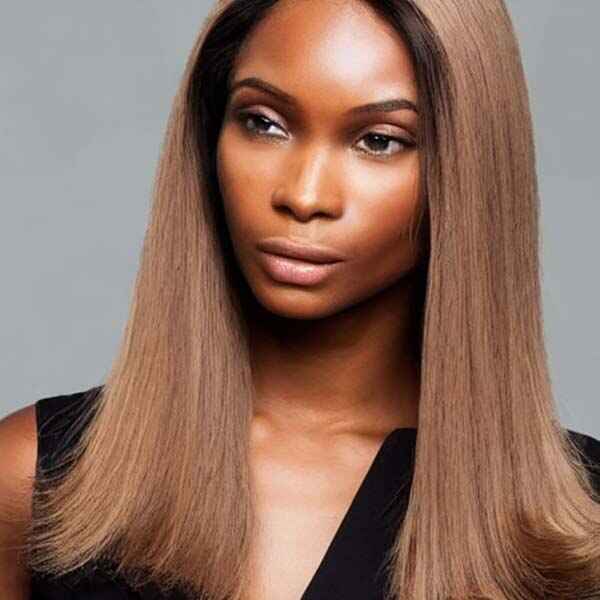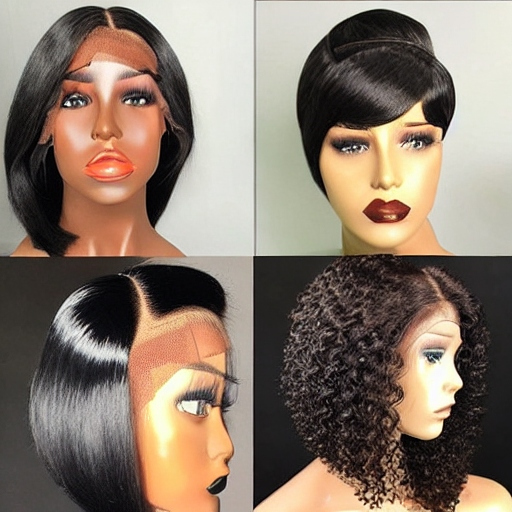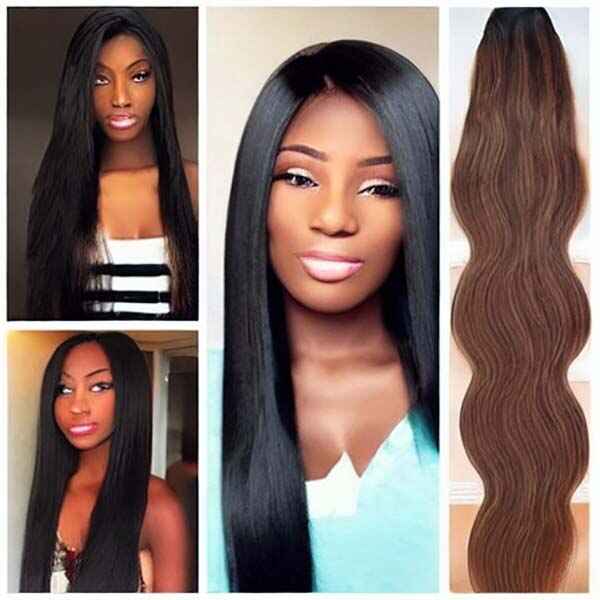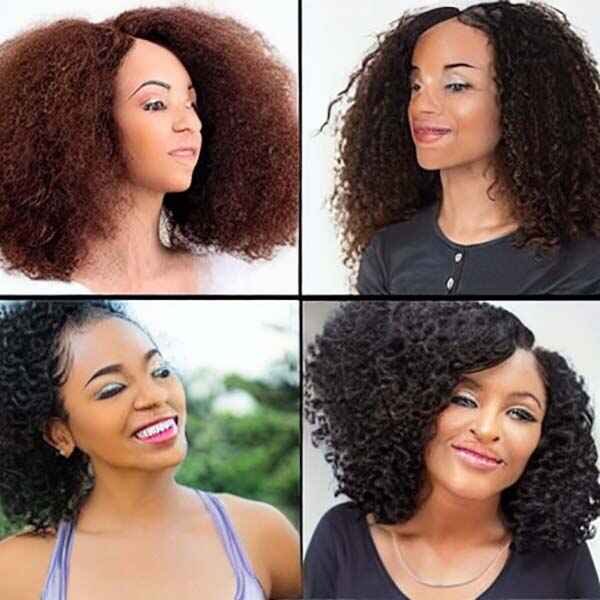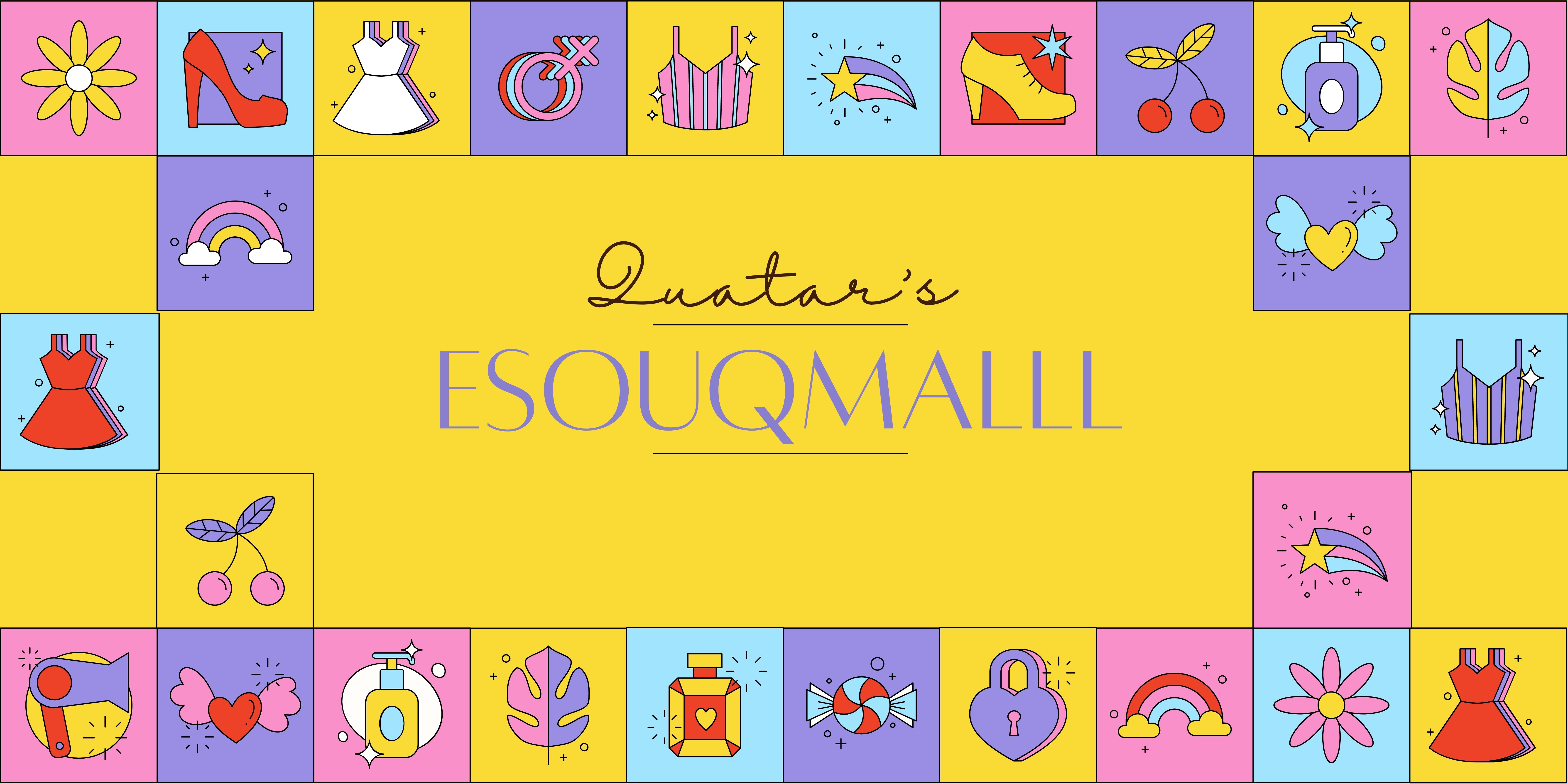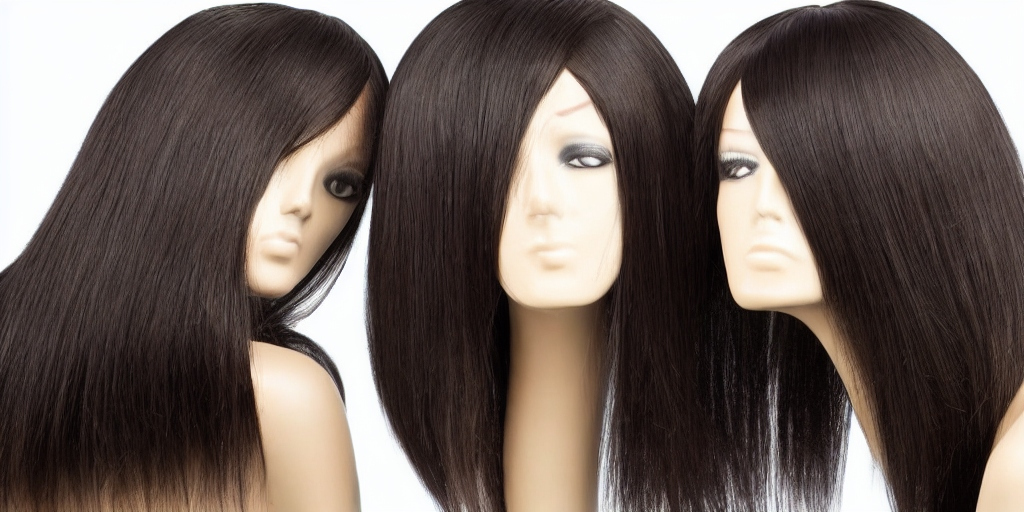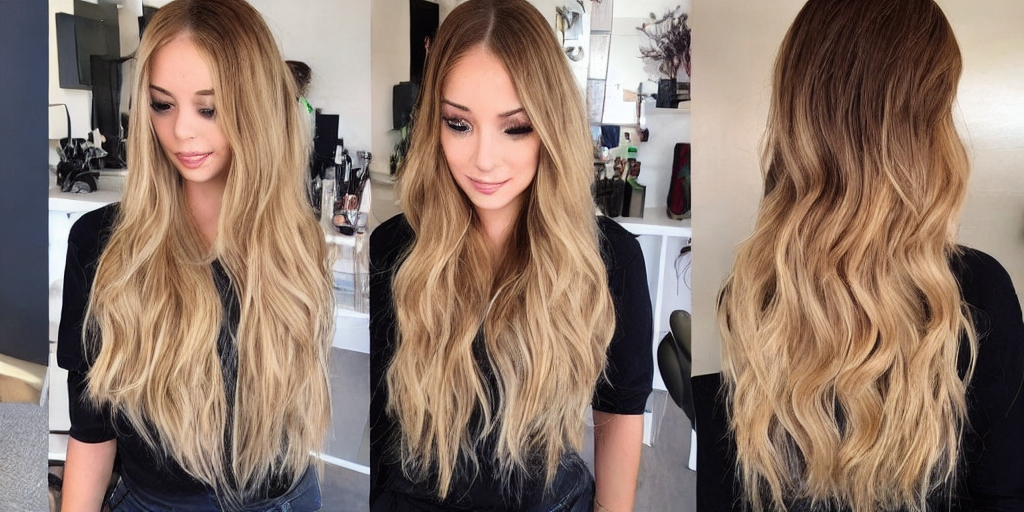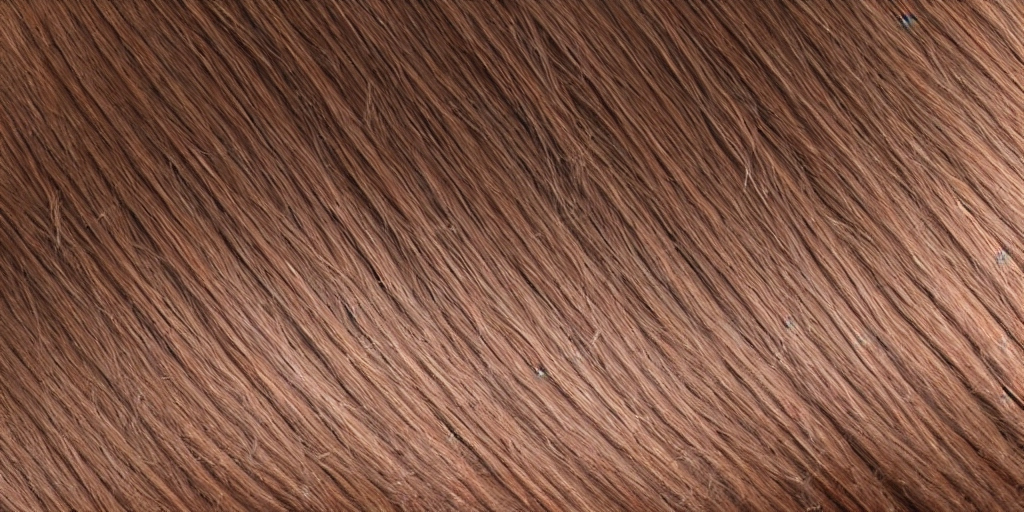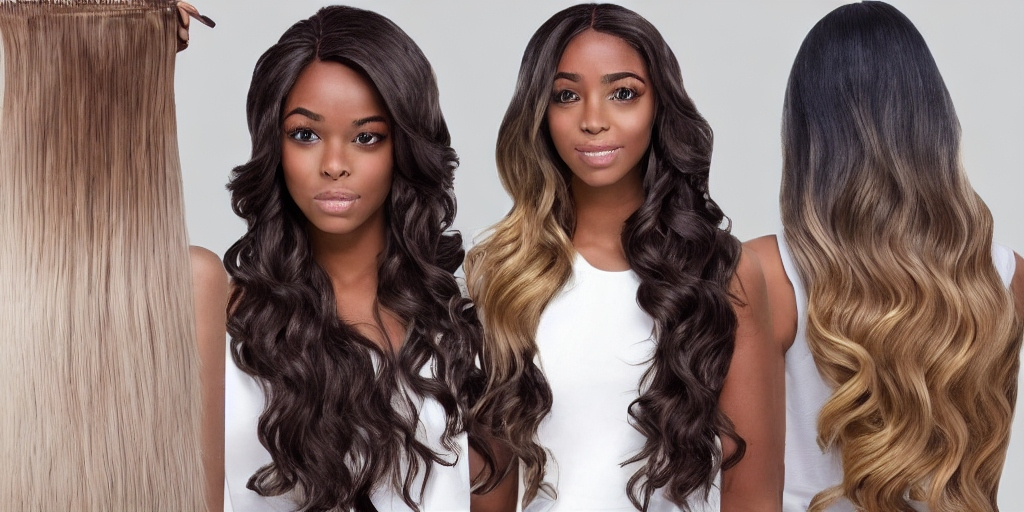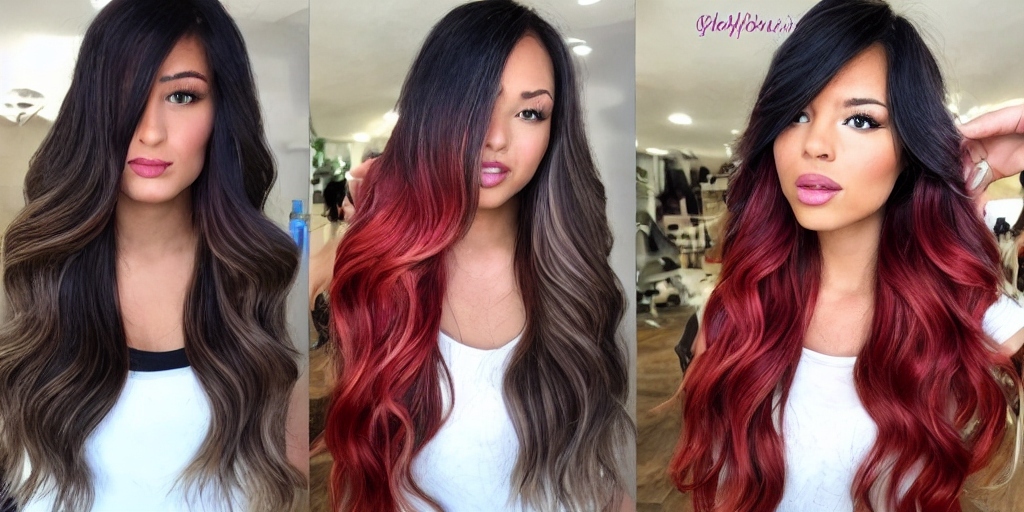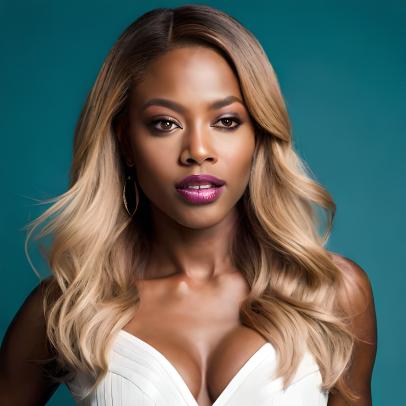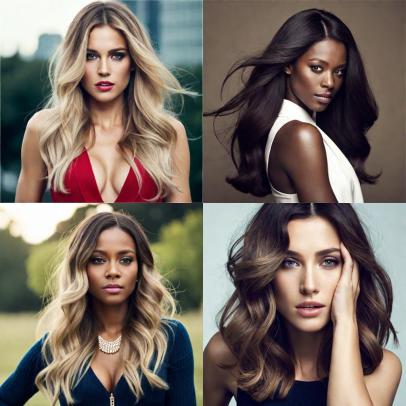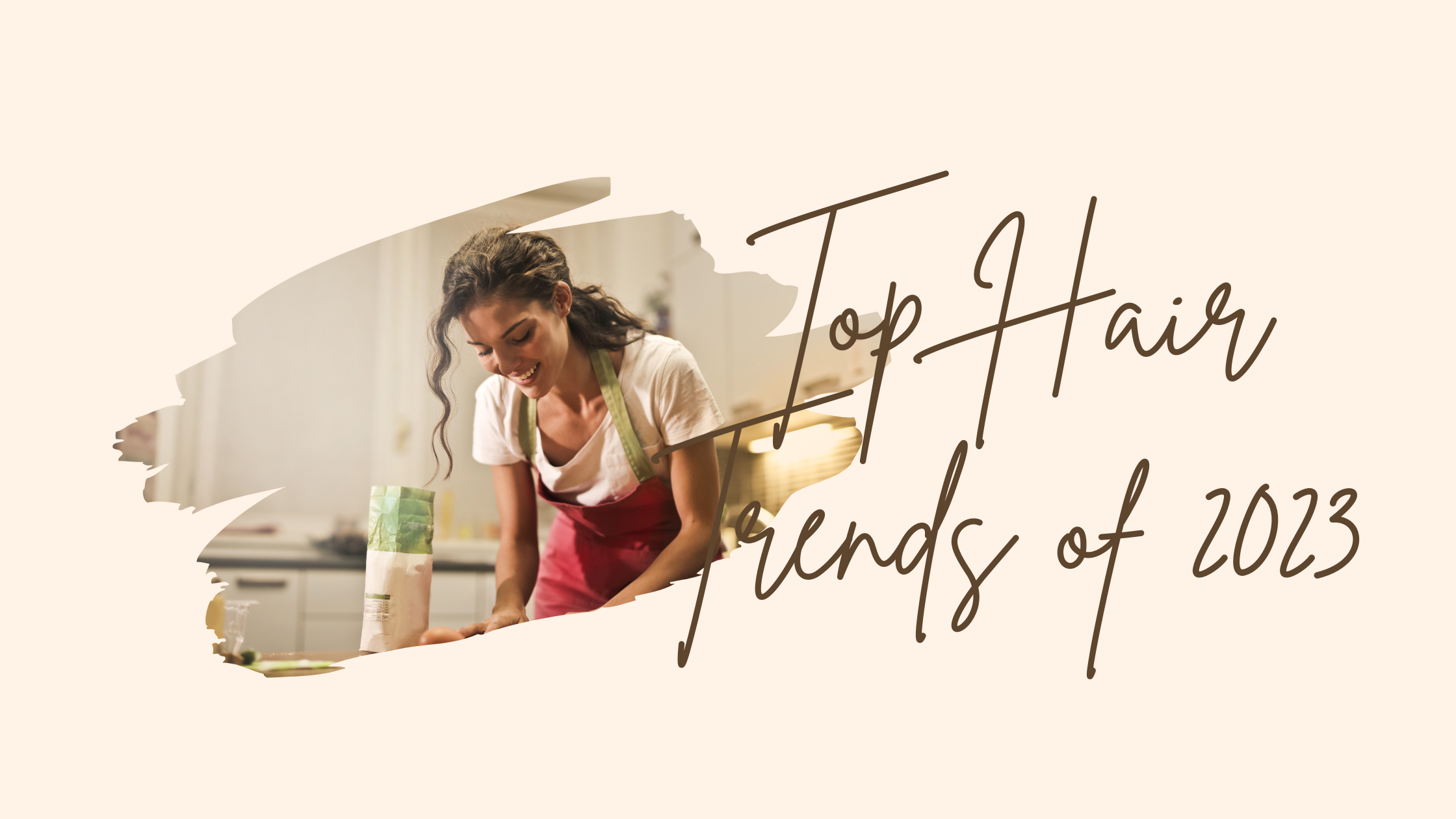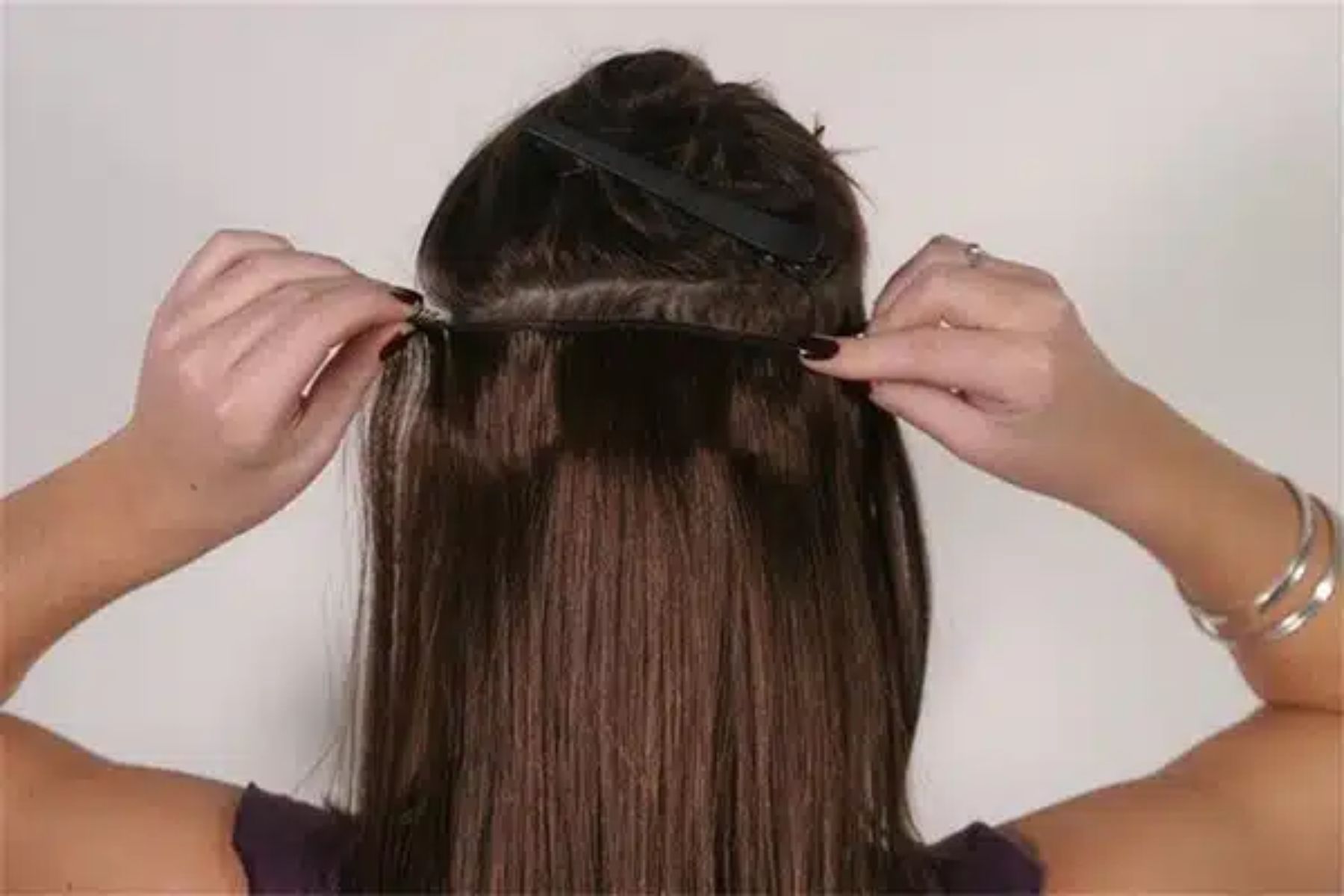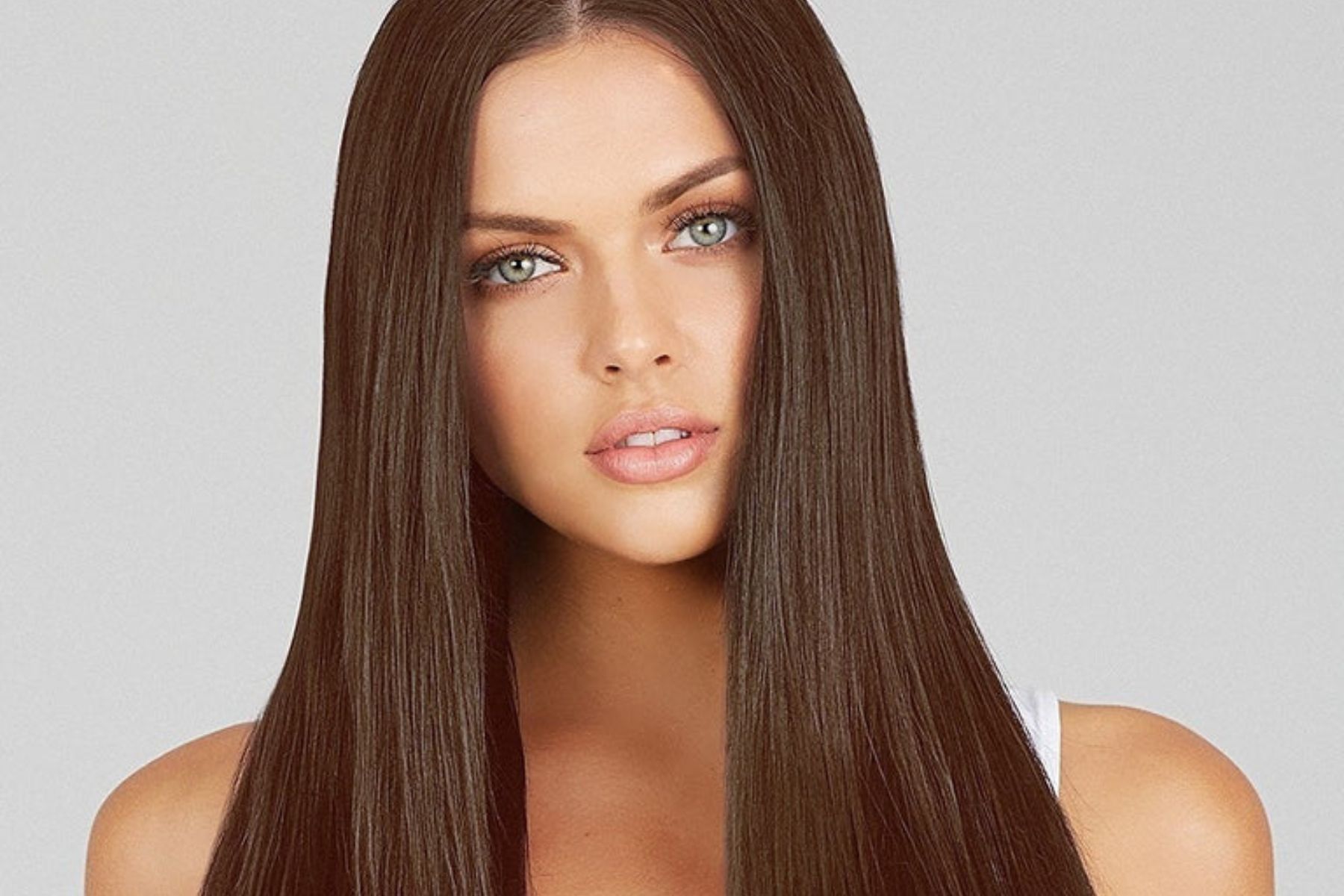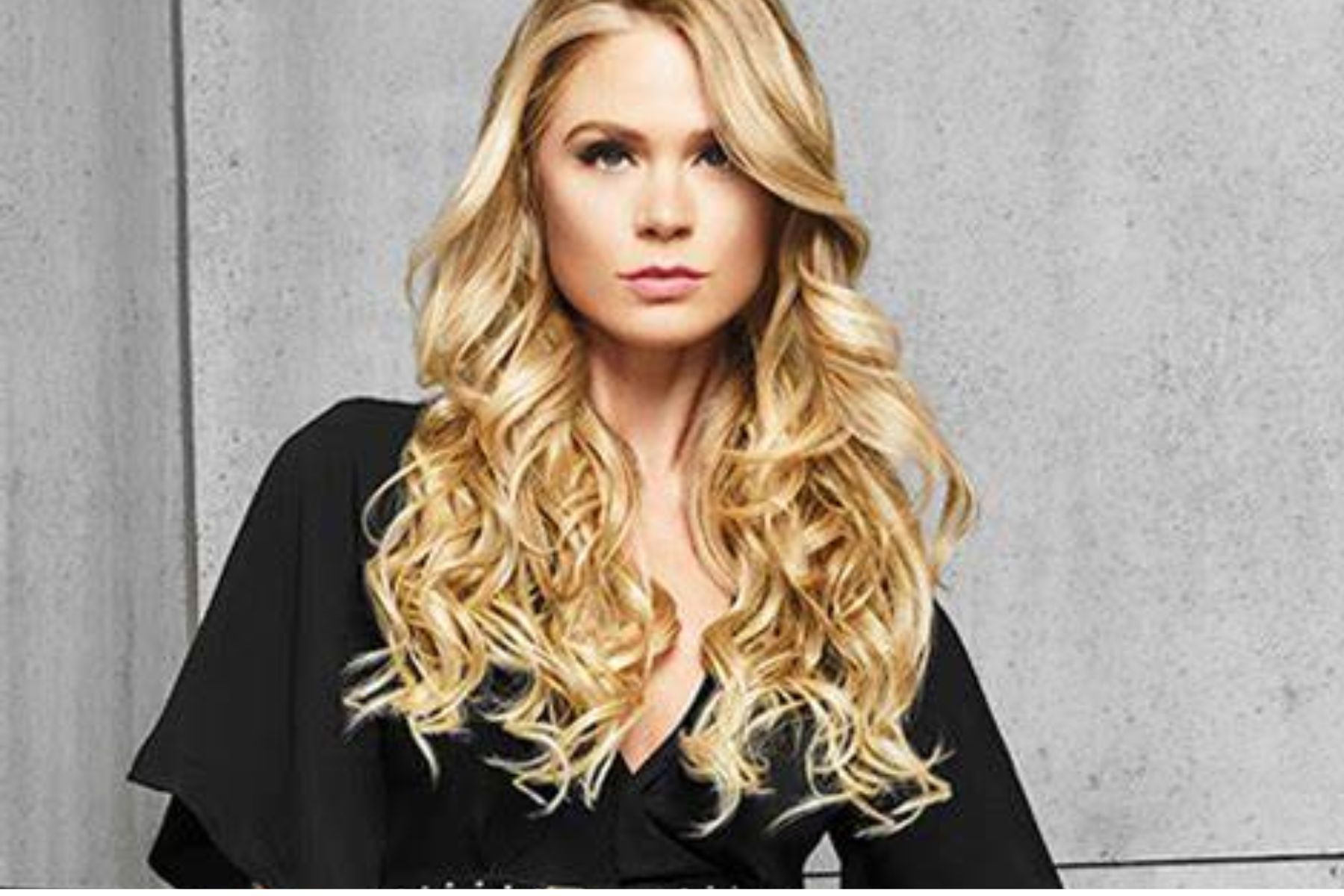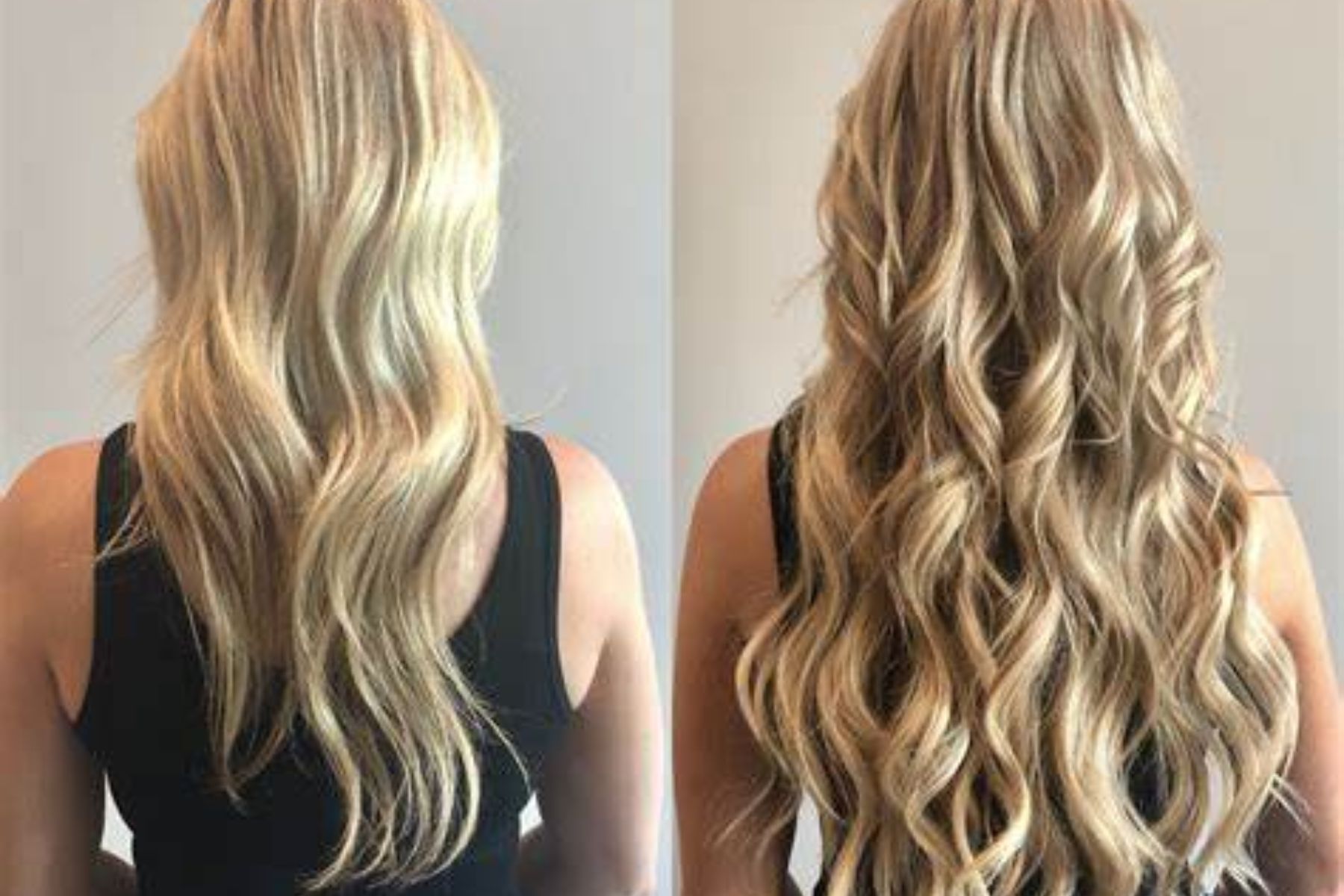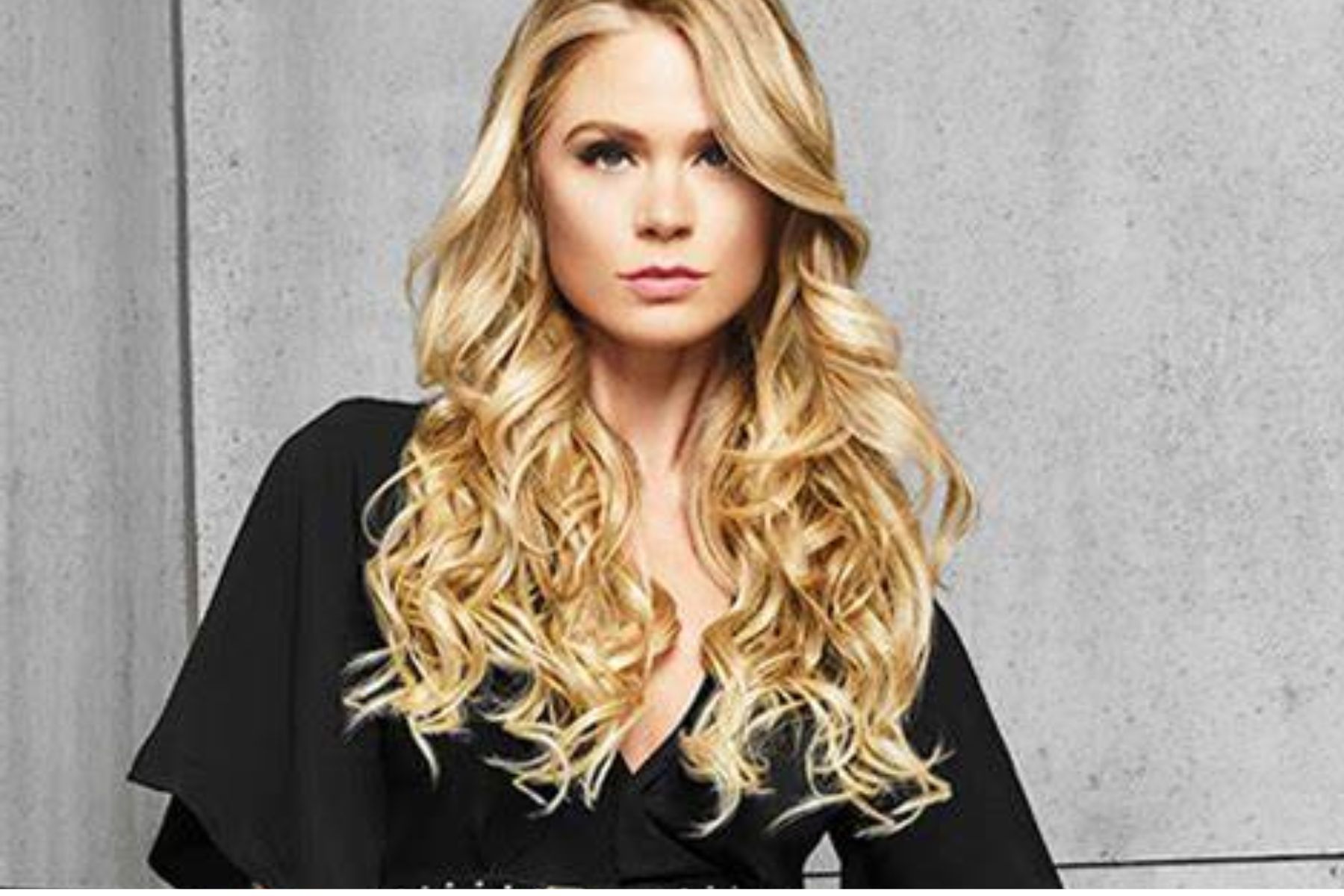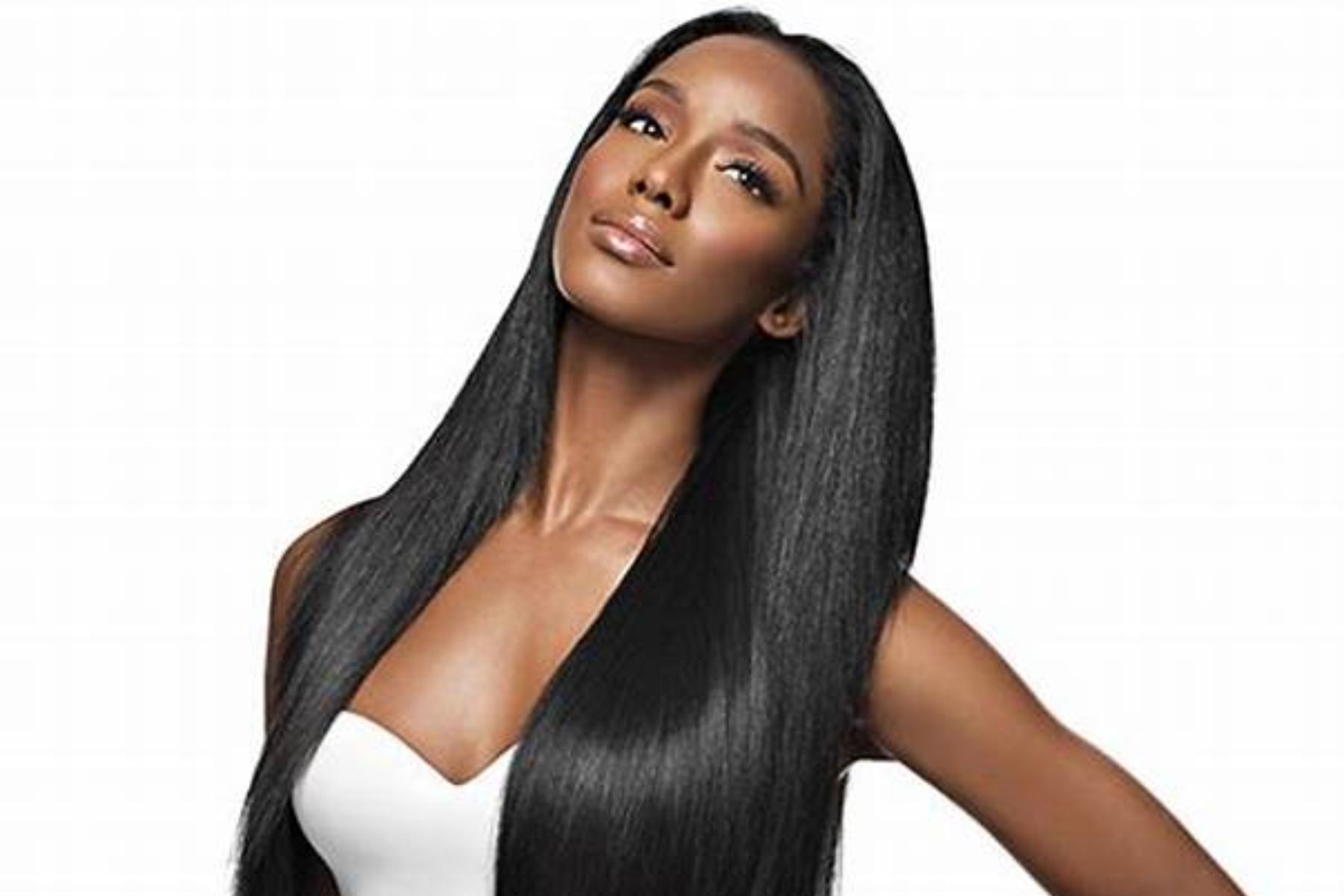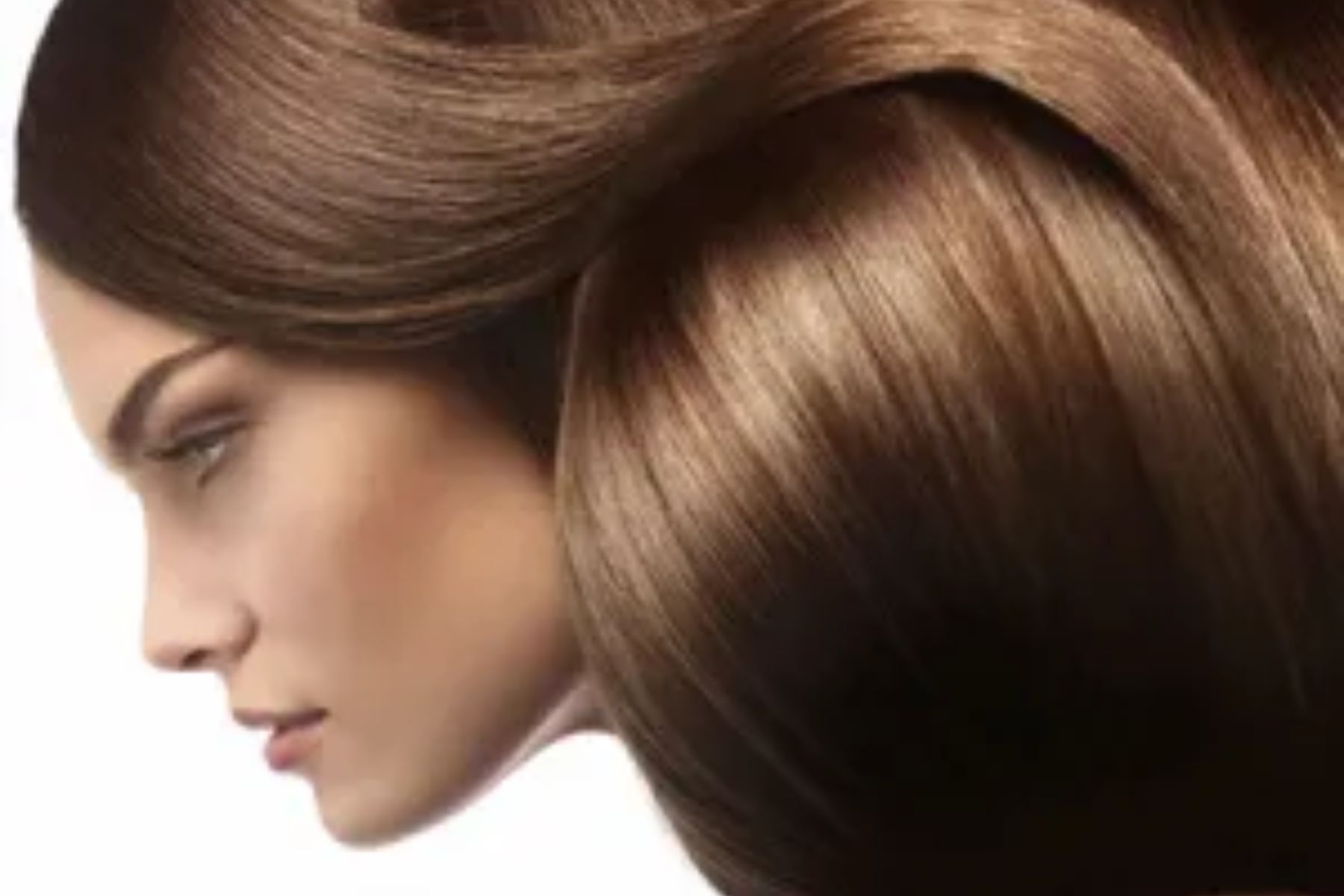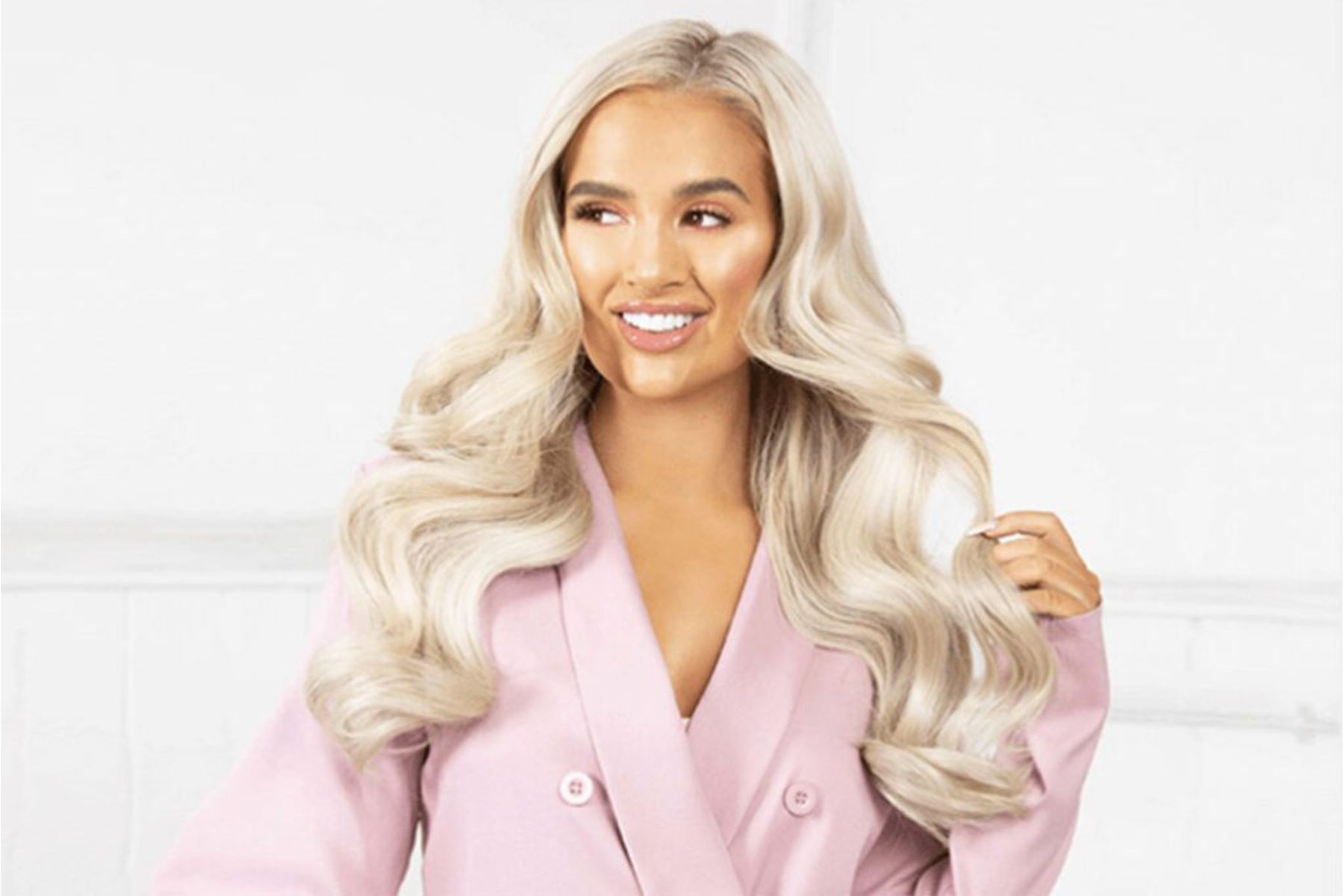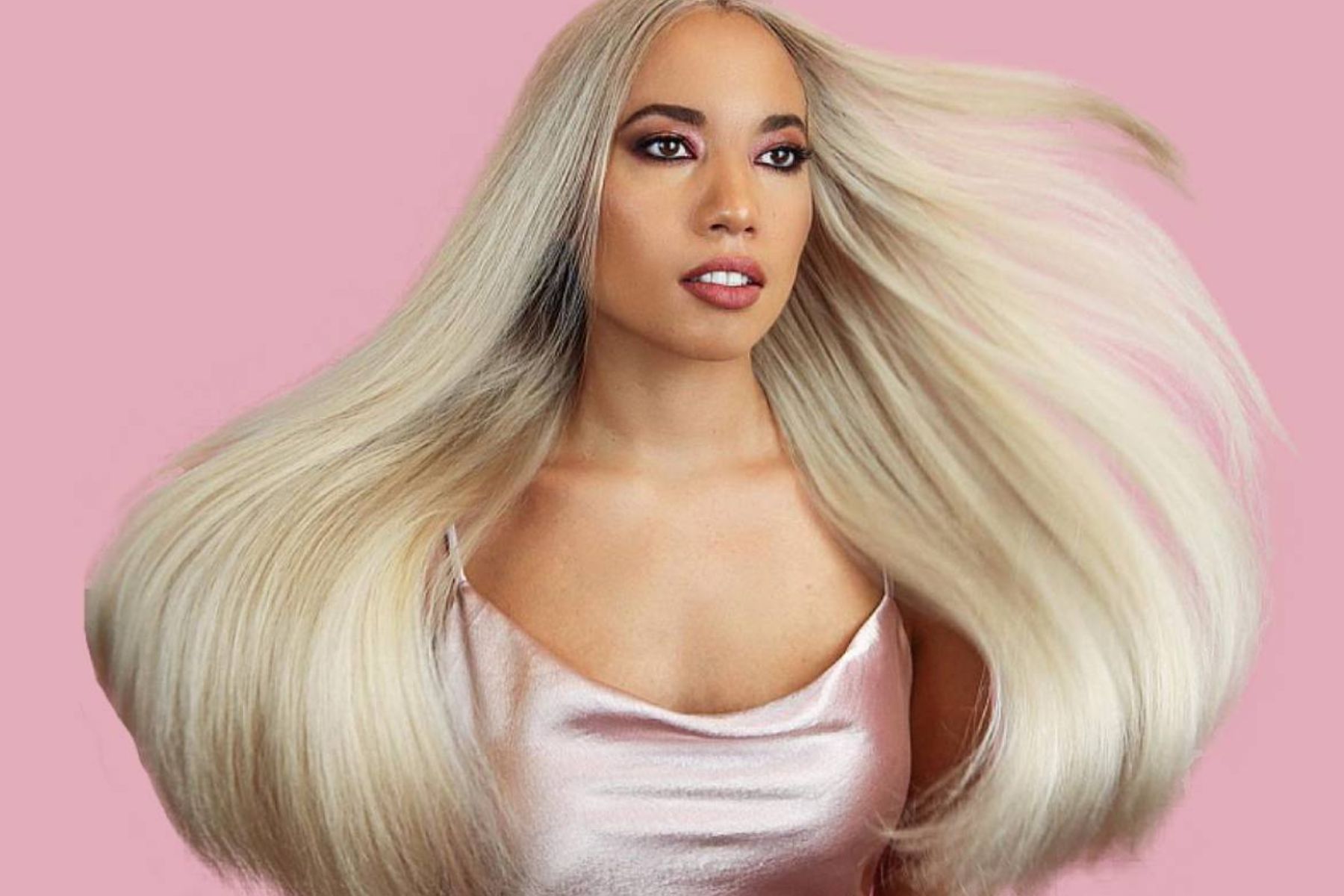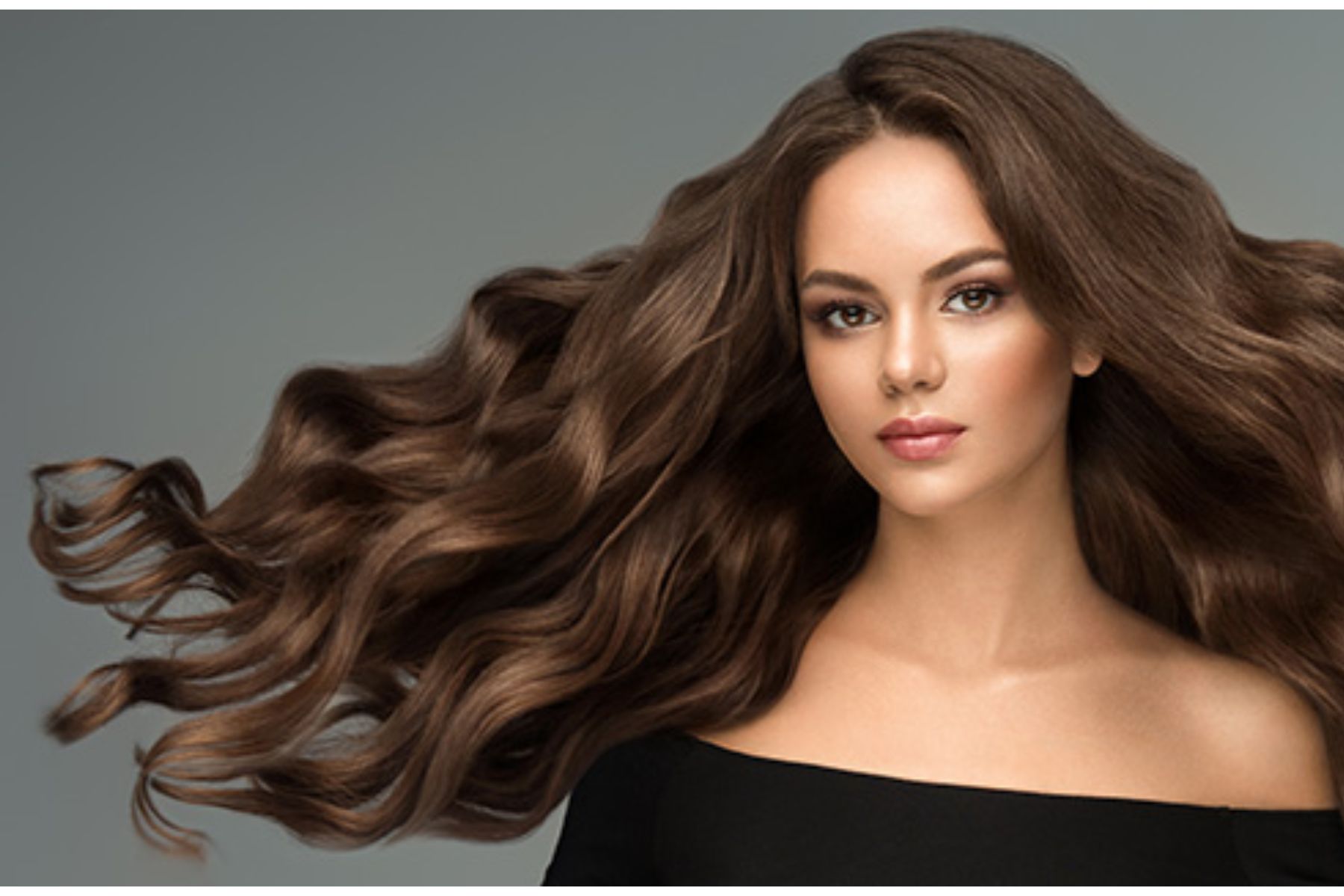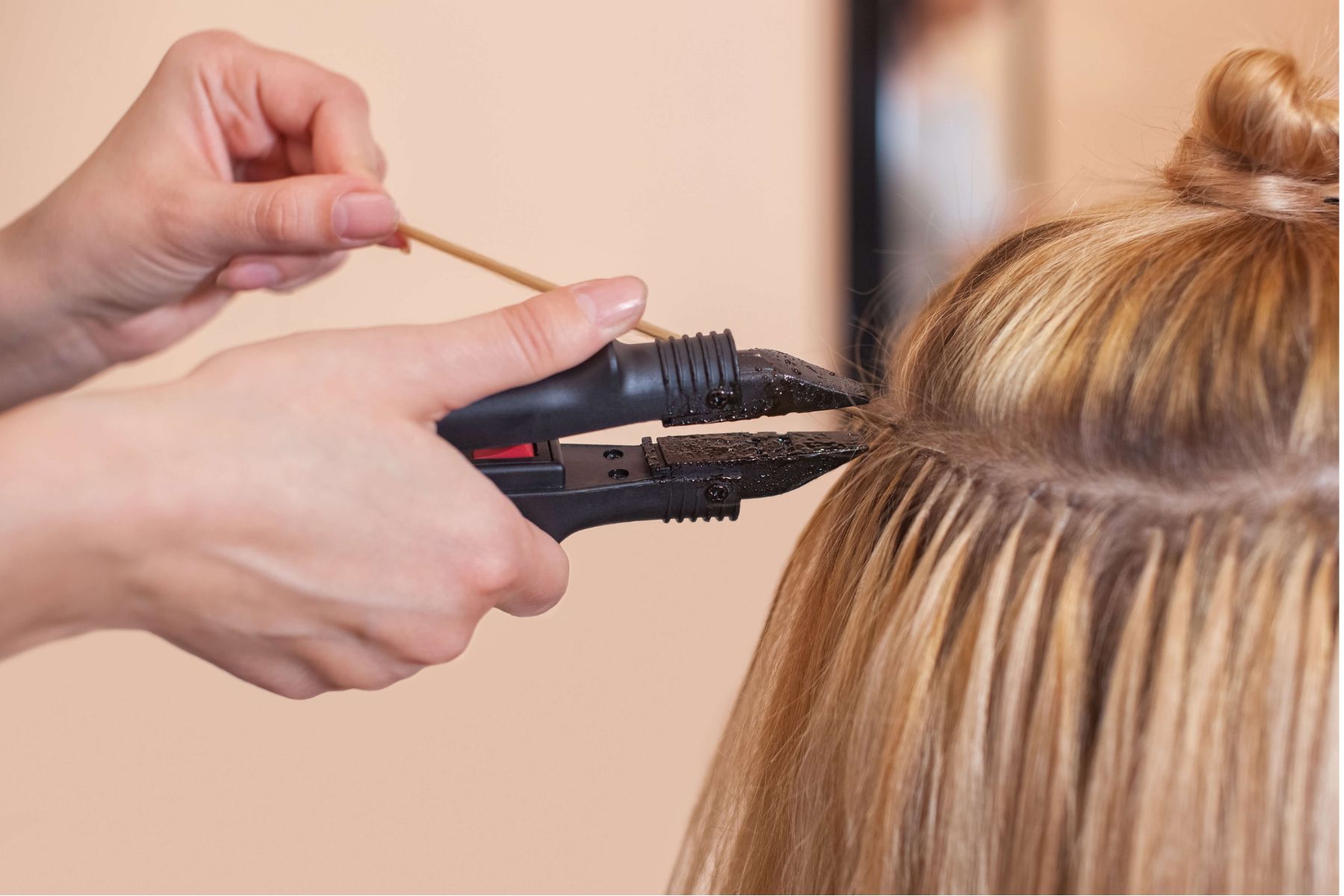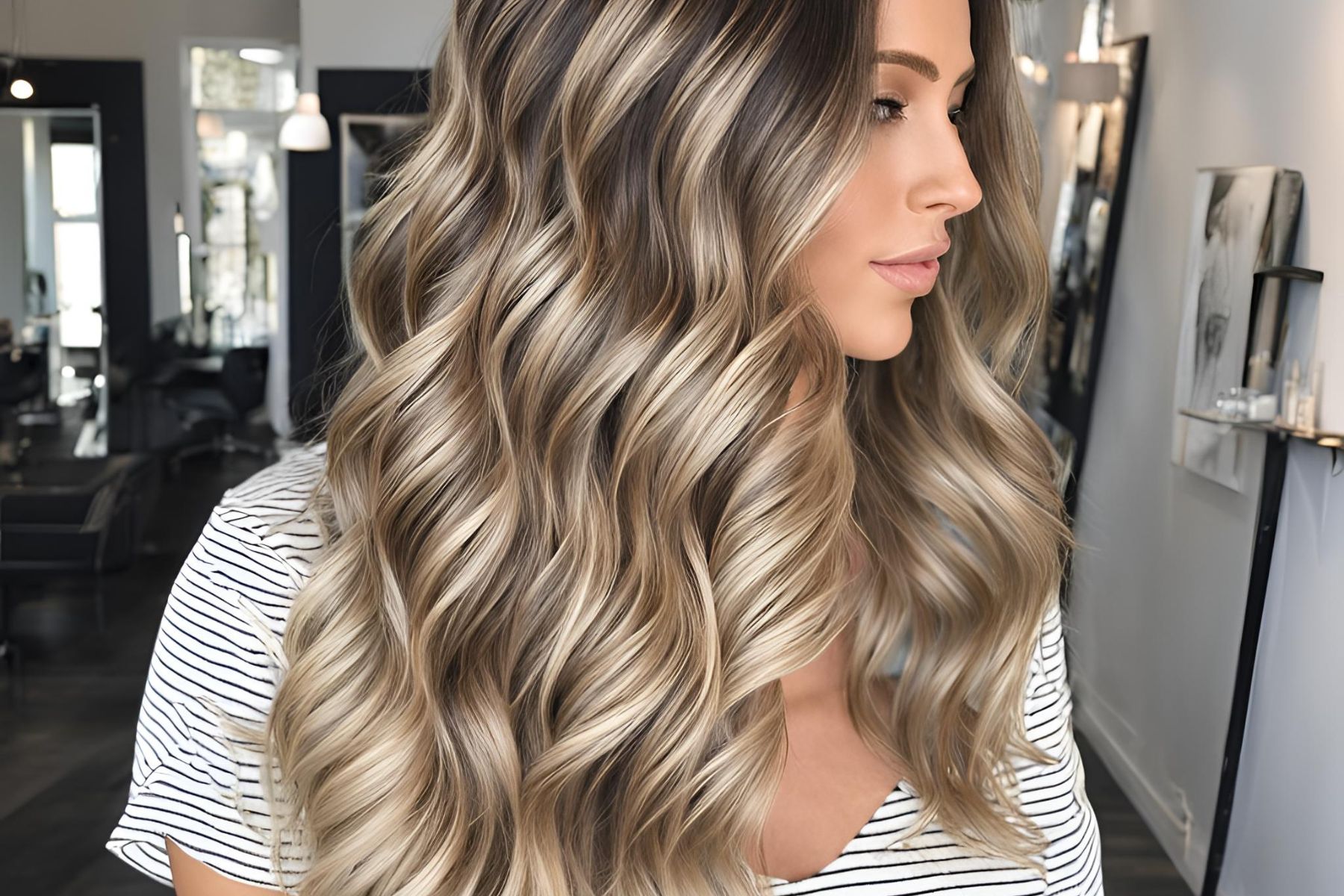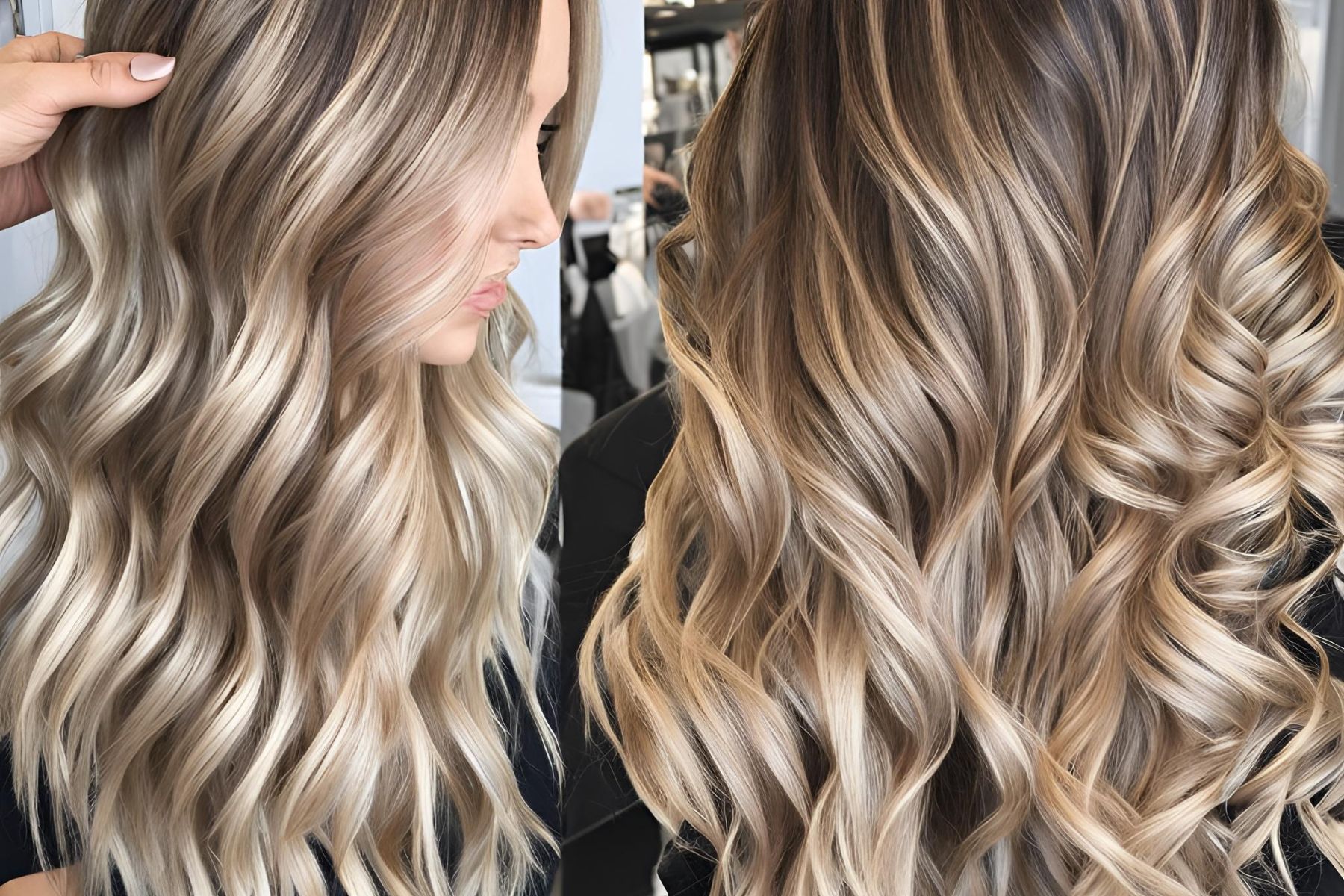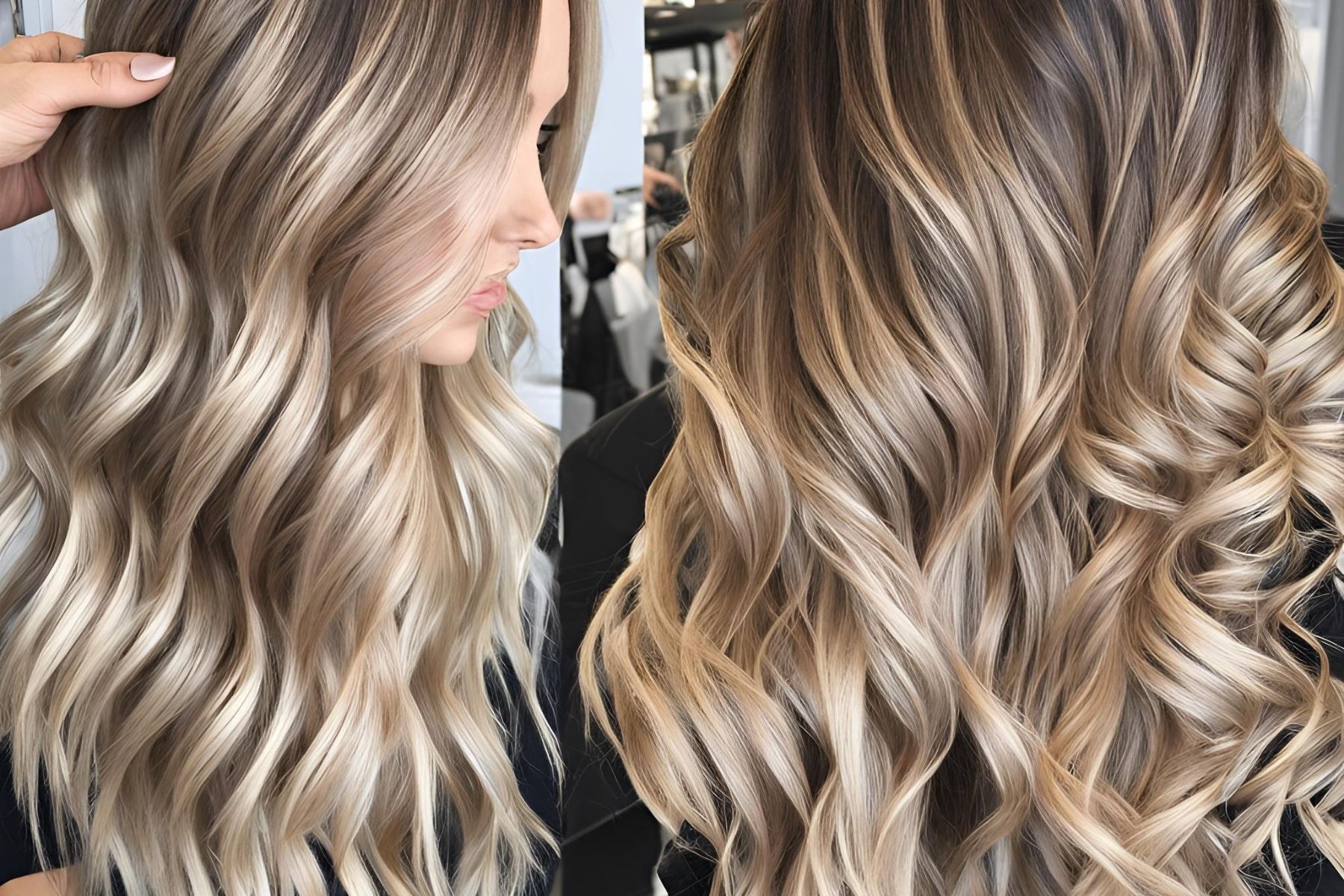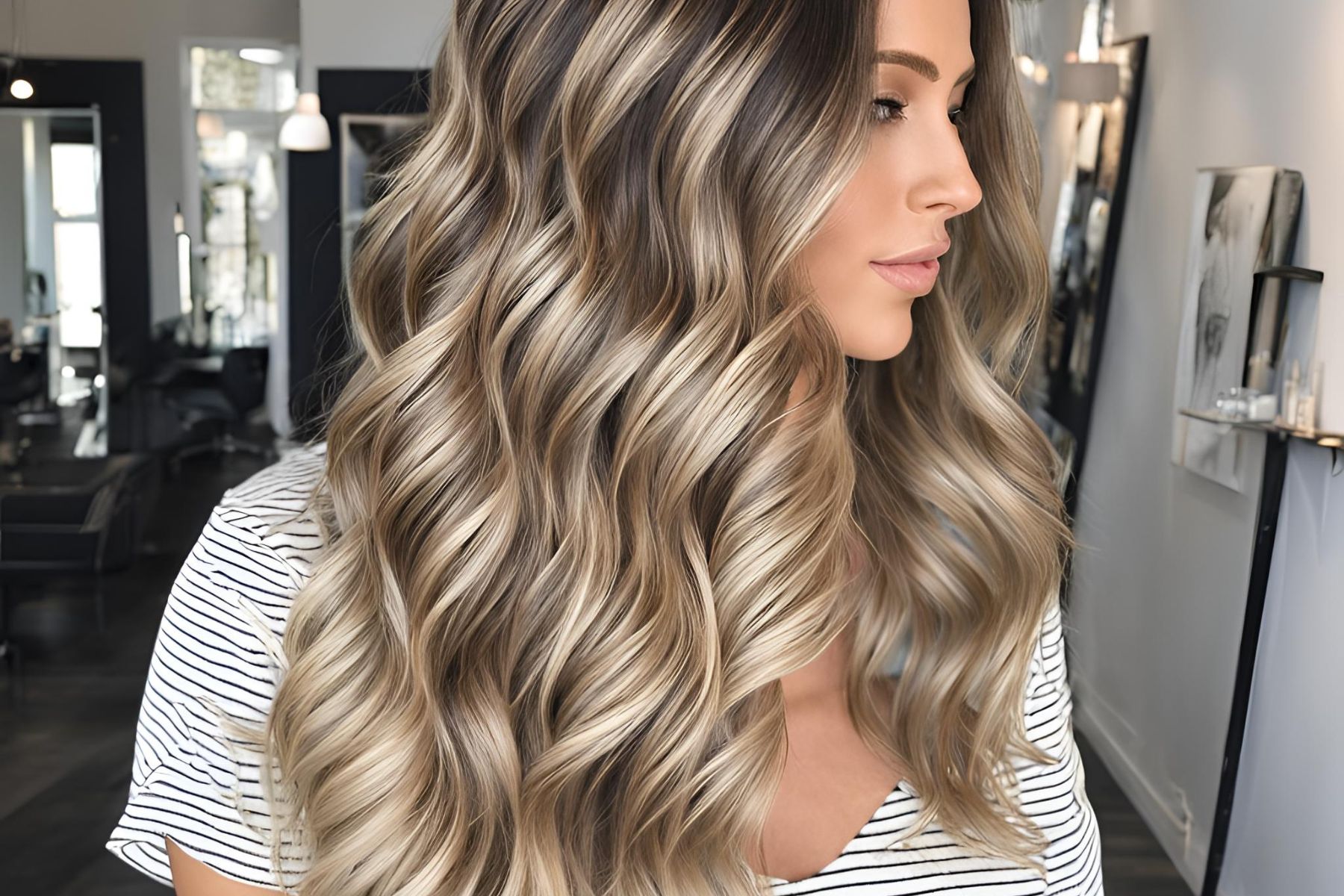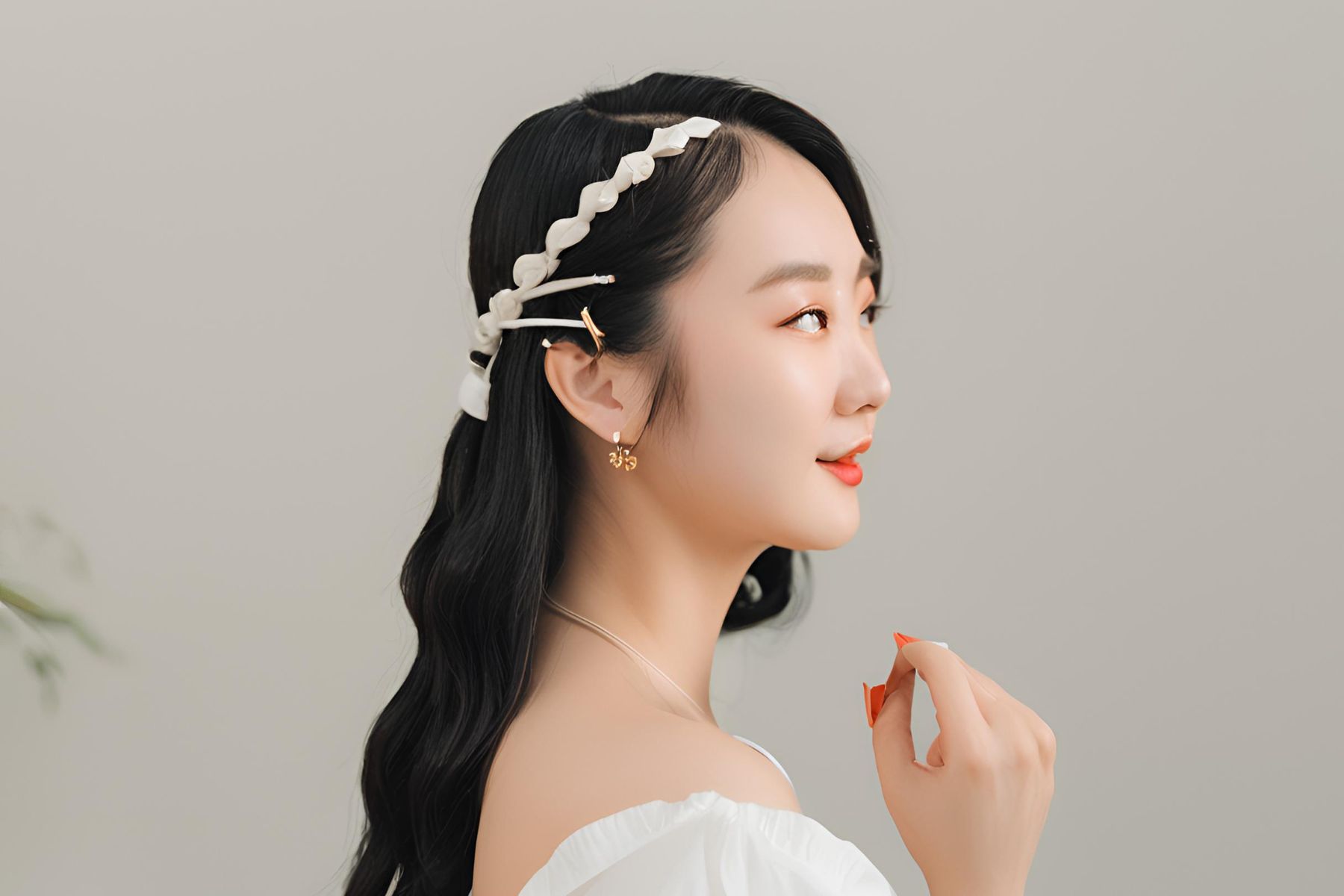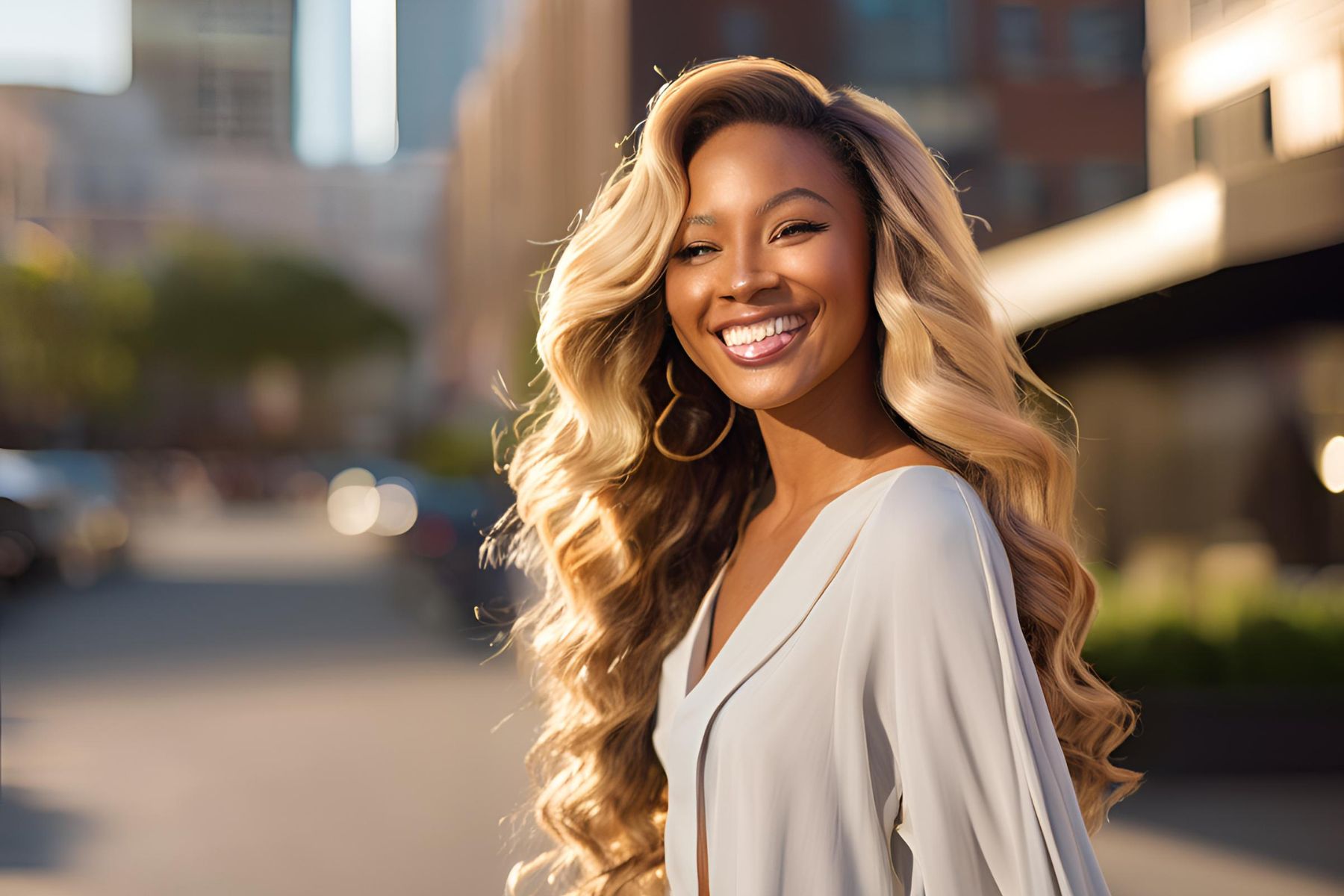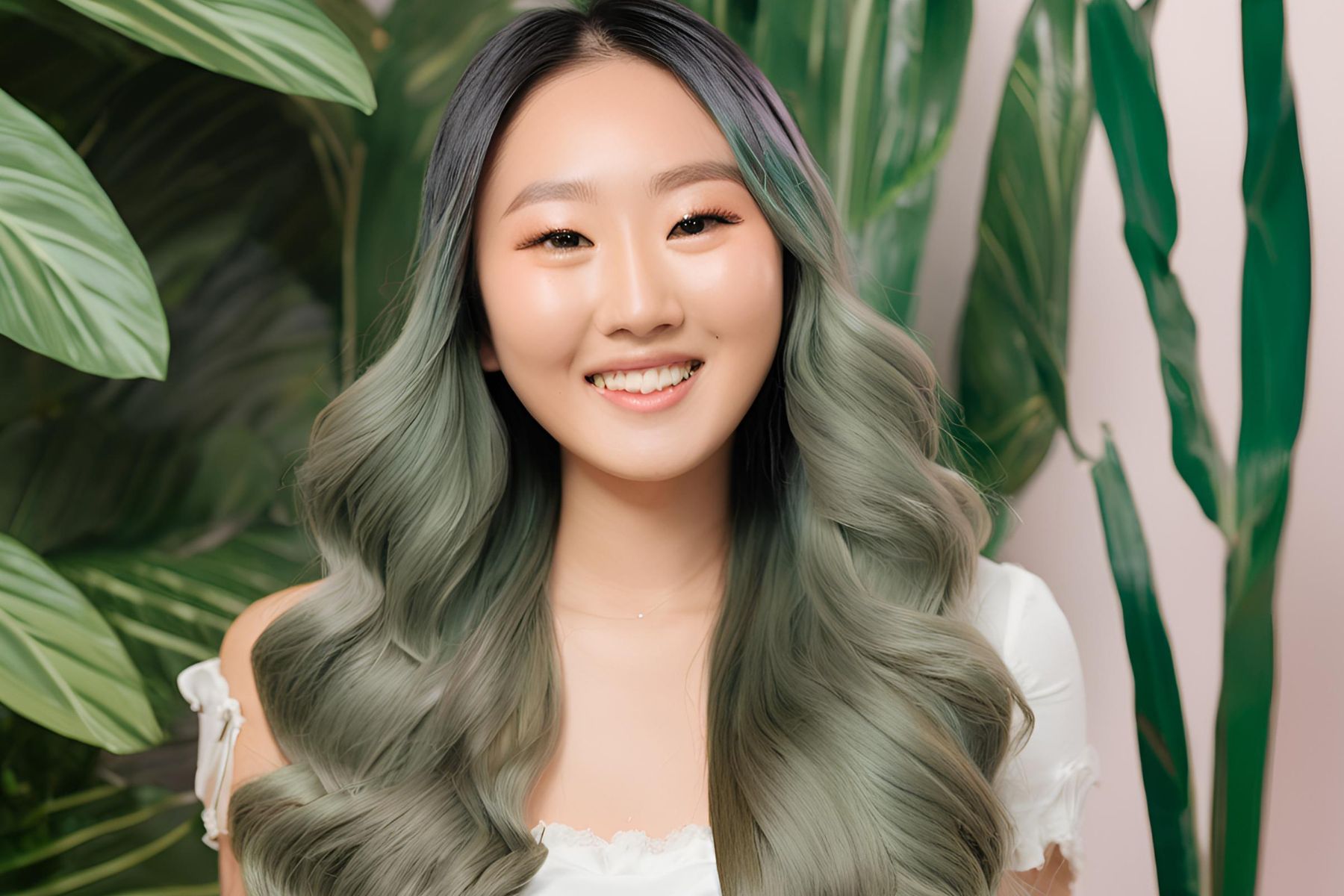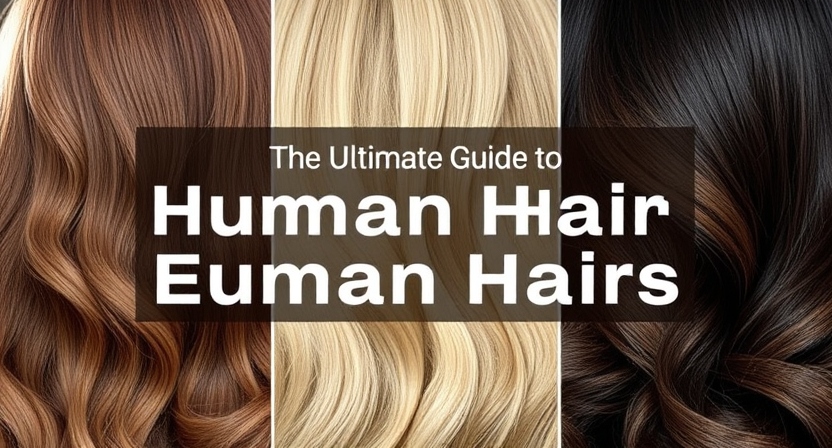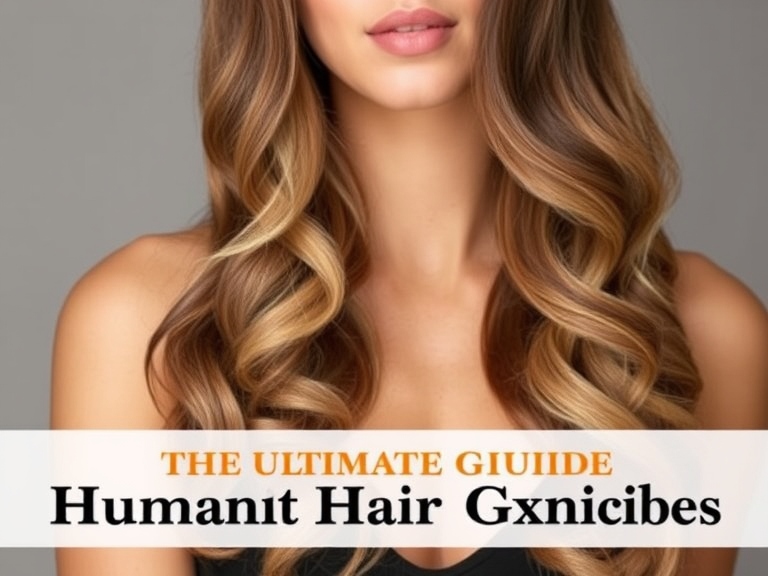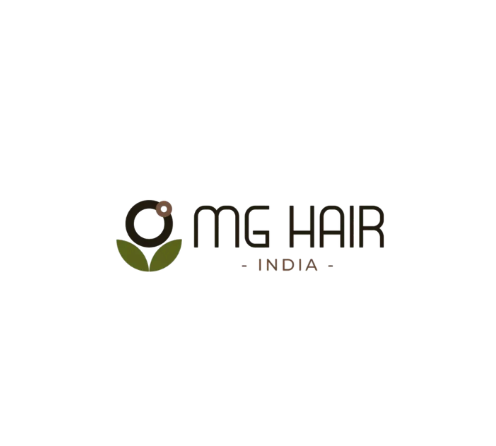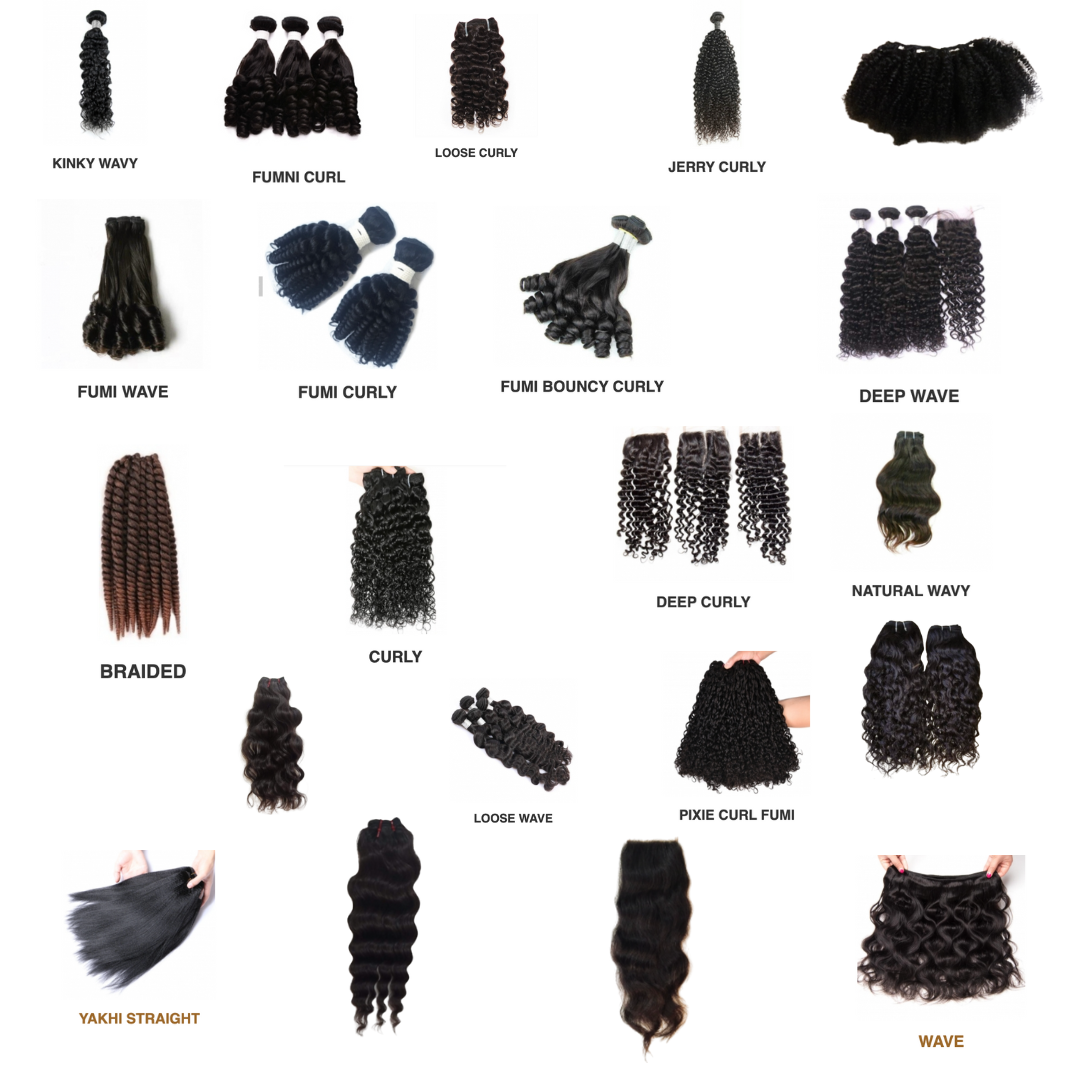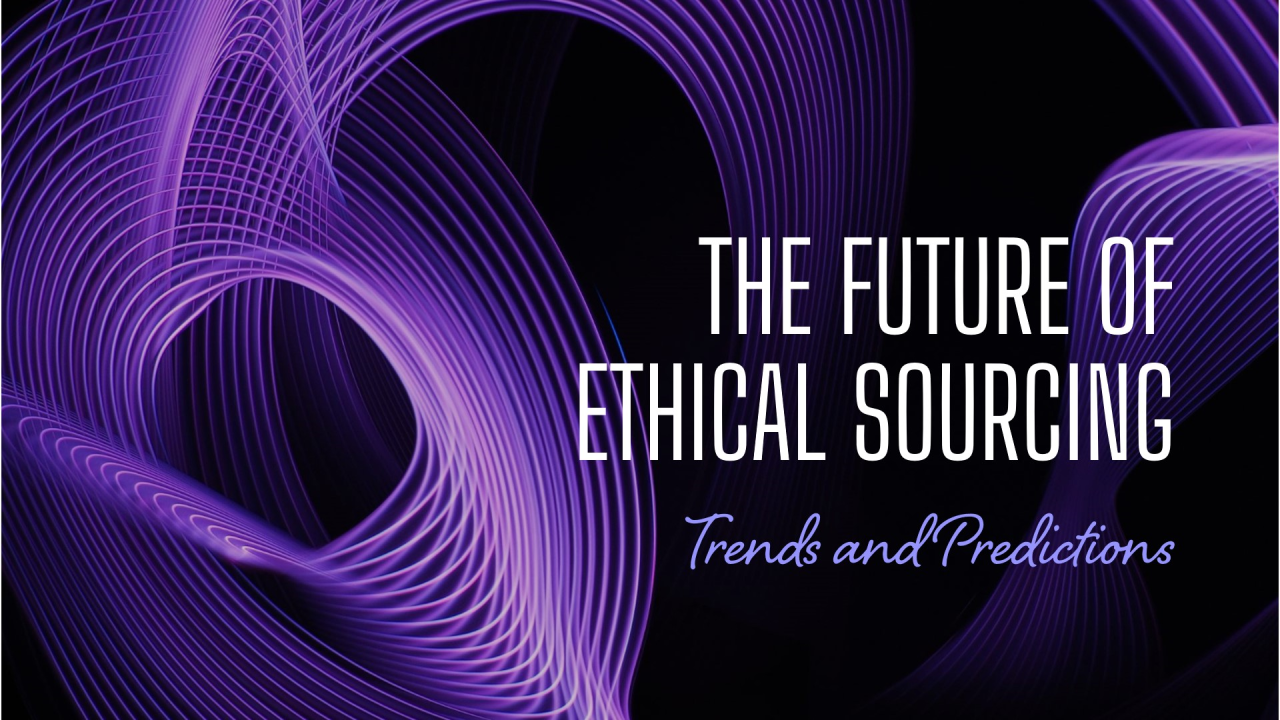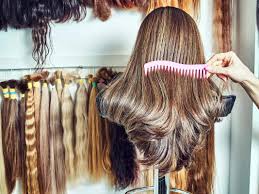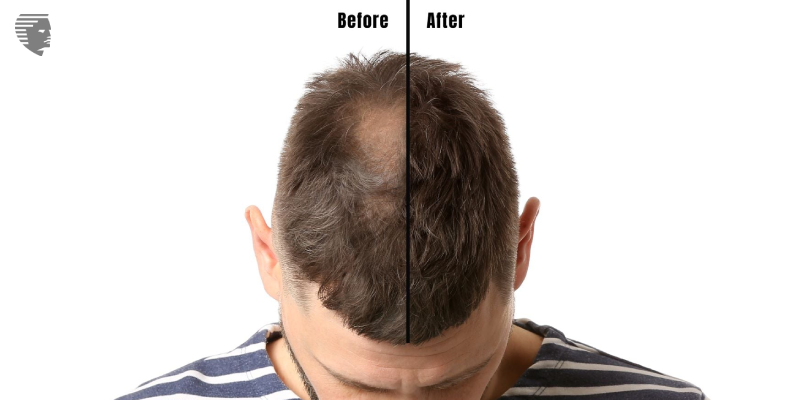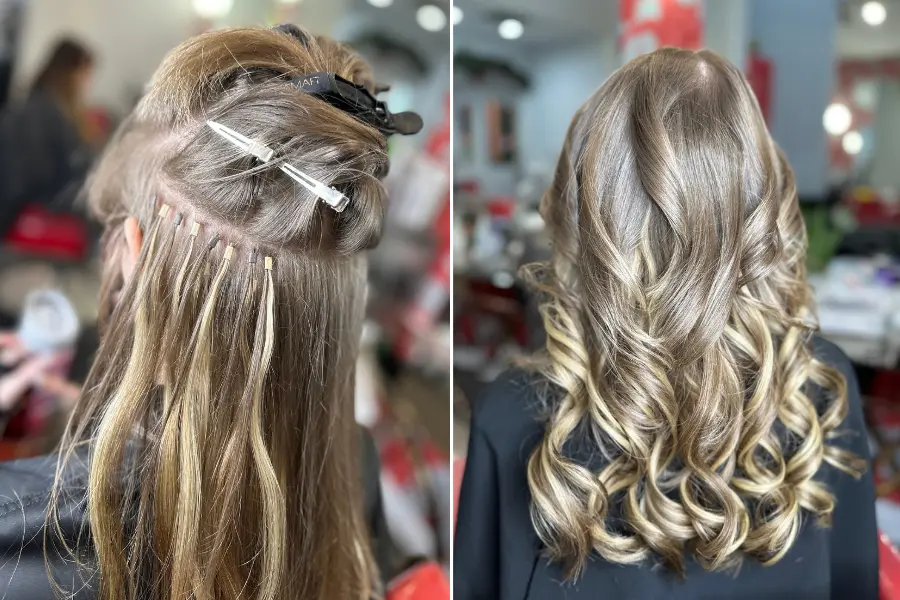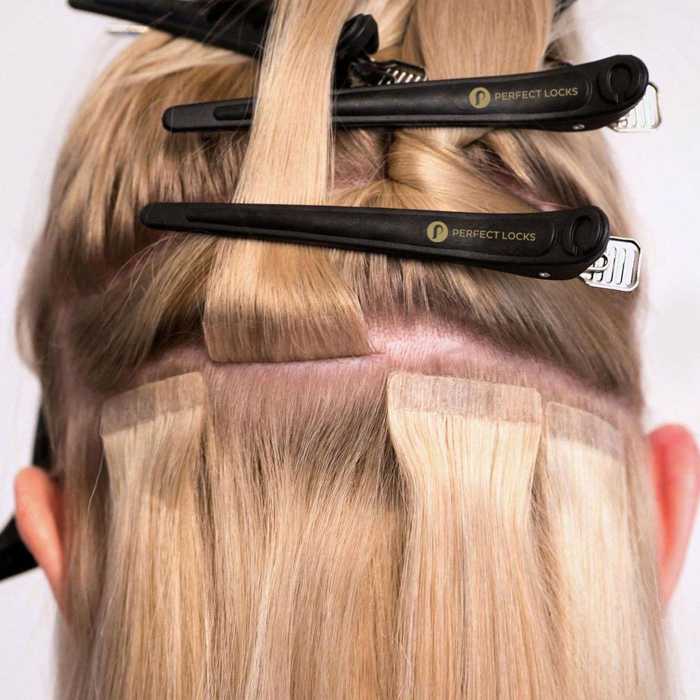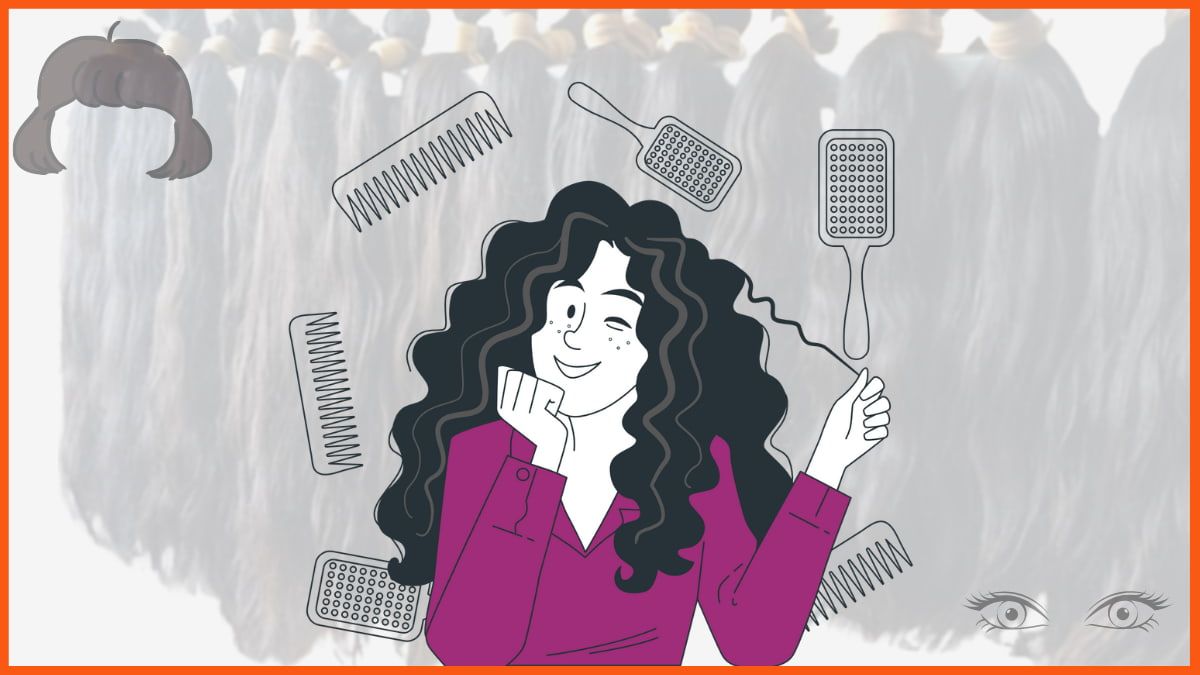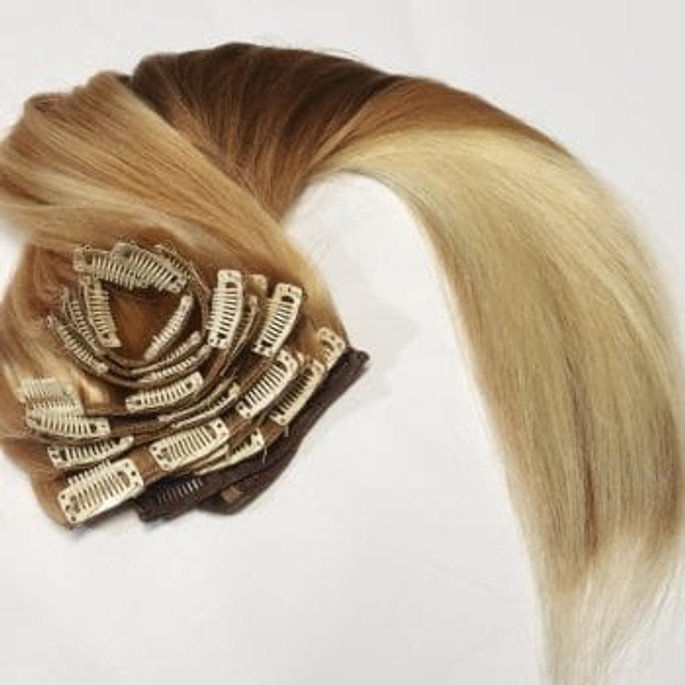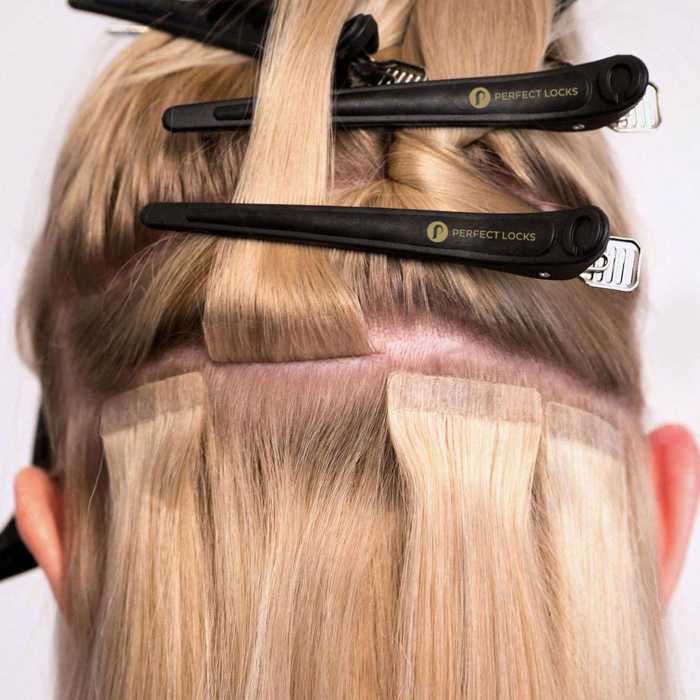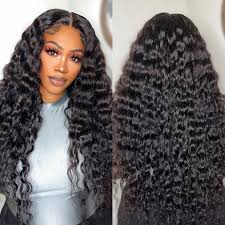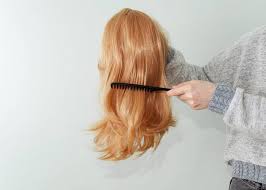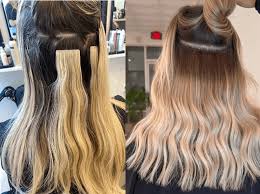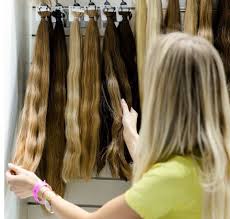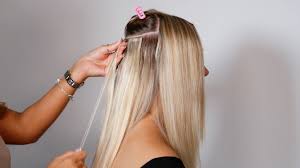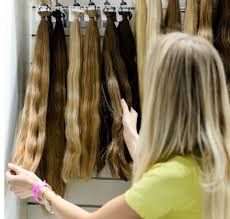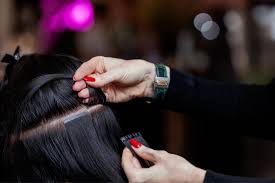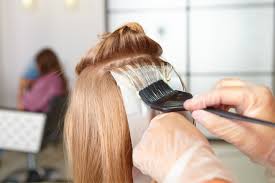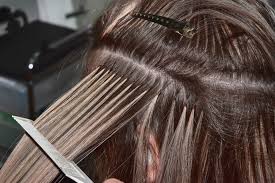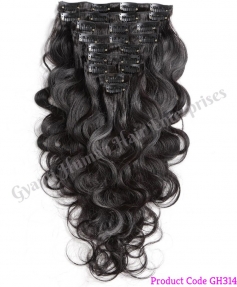The Importance of Transparent Sourcing in the Hair Industry
Walk into any salon or beauty supply store, and you’ll find rows of sleek, shiny hair extensions, luxurious wigs, and lace front pieces. The labels might promise “100% human hair,” “Remy quality,” or “ethically sourced.” But have you ever stopped to ask: Where did this hair come from — and under what conditions?
In today’s increasingly aware consumer culture, transparency isn’t just a bonus — it’s a necessity. It tells the story behind the product, builds trust, and ensures that no one is being exploited in the process. In the global human hair trade — an industry worth billions — transparent sourcing is transforming the way companies do business and how customers make choices.
Let’s unpack why it matters more than ever.
What Is Transparent Sourcing?
At its core, transparent sourcing means knowing and sharing where, how, and by whom a product was made. In the context of the hair industry, it involves clear documentation and ethical practices in:
It’s not just about traceability — it’s about accountability.
.jpeg)
Why Is the Human Hair Trade So Controversial?
The human hair industry spans continents, languages, and cultures — and that complexity makes transparency difficult.
Hair is often collected in countries like:
Unfortunately, some parts of the industry have historically relied on opaque or even exploitative practices, such as:
-
Hair being taken from women without informed consent
-
Paying donors little to nothing
-
Using child labor in processing plants
-
Cutting corners in sanitation and quality control
And without clear documentation, many brands can claim “ethical sourcing” without actually proving it.
The Power of Informed Consumers
The new generation of customers isn’t just buying beauty — they’re buying values.
A study by Nielsen found that 73% of millennials are willing to pay more for sustainably sourced goods. That’s massive.
People want to know:
Transparency builds trust — and in an industry based on confidence and self-expression, trust is everything.
.jpeg)
How Transparent Sourcing Creates Better Products
Surprisingly, transparency doesn’t just protect people — it also leads to better quality hair.
Here’s how:
✅ 1. Real Remy Hair, Guaranteed
Remy hair is defined by aligned cuticles, which reduces tangling and improves durability. Transparent sourcing helps verify that hair is not mixed or chemically stripped to fake this quality.
✅ 2. Consistency in Texture and Color
When hair is collected properly from a known source, it’s easier to ensure consistency. You’ll see fewer odd color variations or mismatched strands.
✅ 3. Ethical Working Conditions Mean Better Processing
When workers are treated fairly, paid properly, and trained well, they produce higher-quality results — especially in delicate processes like wefting and cuticle preservation.
The Social Impact of Transparent Sourcing
It’s easy to forget that every strand of hair started on someone’s head. Usually a woman, often in a low-income area, who chose to sell her hair — sometimes out of necessity.
Transparent sourcing creates a ripple effect of good:
💡 1. Fair Pay for Donors
Instead of undercutting or exploiting donors, transparent companies offer real compensation. In some temples in India, for example, donated hair is auctioned and proceeds are used to fund schools and hospitals.
💡 2. Empowering Communities
Sourcing programs in rural Vietnam or Eastern Europe often support local economies, helping women earn stable income in ethical ways.
💡 3. Respecting Cultural Practices
In some cultures, hair cutting is sacred or symbolic. Ethical sourcing honors these traditions, rather than ignoring or abusing them.
What Brands Can Do to Be Transparent
Transparency isn't just for the big brands — it’s something every supplier and stylist can commit to. Here are a few action steps:
-
Build direct relationships with sourcing communities
-
Document the full supply chain (video, audits, GPS tagging)
-
Offer customers information about origin and processing
-
Certify your products with third-party ethical sourcing agencies
-
Invest in traceability tech like blockchain or digital labeling
Some companies even go a step further by allowing customers to scan a QR code on their hair bundle and see where it came from — all the way back to the donor region.
Signs a Hair Company Is Truly Transparent
It’s not always easy to spot ethical hair brands, but here are a few green flags:
✅ They tell you the country of origin
✅ They share their sourcing process clearly on their website
✅ They name their suppliers or sourcing partners
✅ They use terms like “voluntary donation,” “fair trade,” or “certified Remy” with proof
✅ They welcome questions — and give real answers
🚩Red flags include:
.jpeg)
Challenges Facing Transparent Sourcing
We’d be lying if we said it was easy. Creating a fully transparent system in a globalized market comes with real challenges:
-
Language barriers and lack of documentation in rural areas
-
Logistical complexity across countries
-
Fraud or fake Remy claims in manufacturing
-
Cost of implementing full traceability tech
But despite the obstacles, more and more companies are rising to the challenge, because the future of the industry depends on it.
Why Salons and Stylists Should Care Too
If you’re a hairstylist or salon owner, transparency should matter to you just as much as the customer. Why?
-
You’ll build deeper trust with clients
-
You can charge more for ethical, high-quality products
-
You’ll protect your brand from scandals or low-quality returns
-
You become a part of a movement that uplifts, not exploits
Educated clients will start to ask: Where does this hair come from? Be ready to answer proudly.
Real Brands Leading the Way
Here are a few examples of companies pioneering transparency:
-
Great Lengths – Provides certified ethical sourcing from Indian temples with full traceability
-
Raw Hair Vietnam – Offers clear, documented collection from verified villages
-
Remy NY – Sells labeled, traceable bundles sourced through donor-consent programs
They prove that transparency isn’t just a trend — it’s a long-term business advantage.
What Consumers Can Do
As a buyer, your voice matters. Here’s how you can make an impact:
🌿 Ask questions – Email or DM the company. Ask where the hair is from.
🌿 Buy less, but better – Quality over quantity means fewer wasted bundles.
🌿 Support transparent brands – Even if they cost a bit more.
🌿 Educate your circle – Help your friends and followers make better hair choices.
Final Thoughts: A Beautiful Industry Begins With an Honest One
Hair is deeply personal. It represents beauty, identity, confidence — and for many, healing.
That’s why it matters so much that the hair we wear, sell, or style comes from a place of respect, fairness, and transparency.
When we choose to care where our beauty comes from, we’re not just changing our look. We’re changing lives — one strand at a time.
Related Blog


.jpeg)
.jpeg)
.jpeg)



